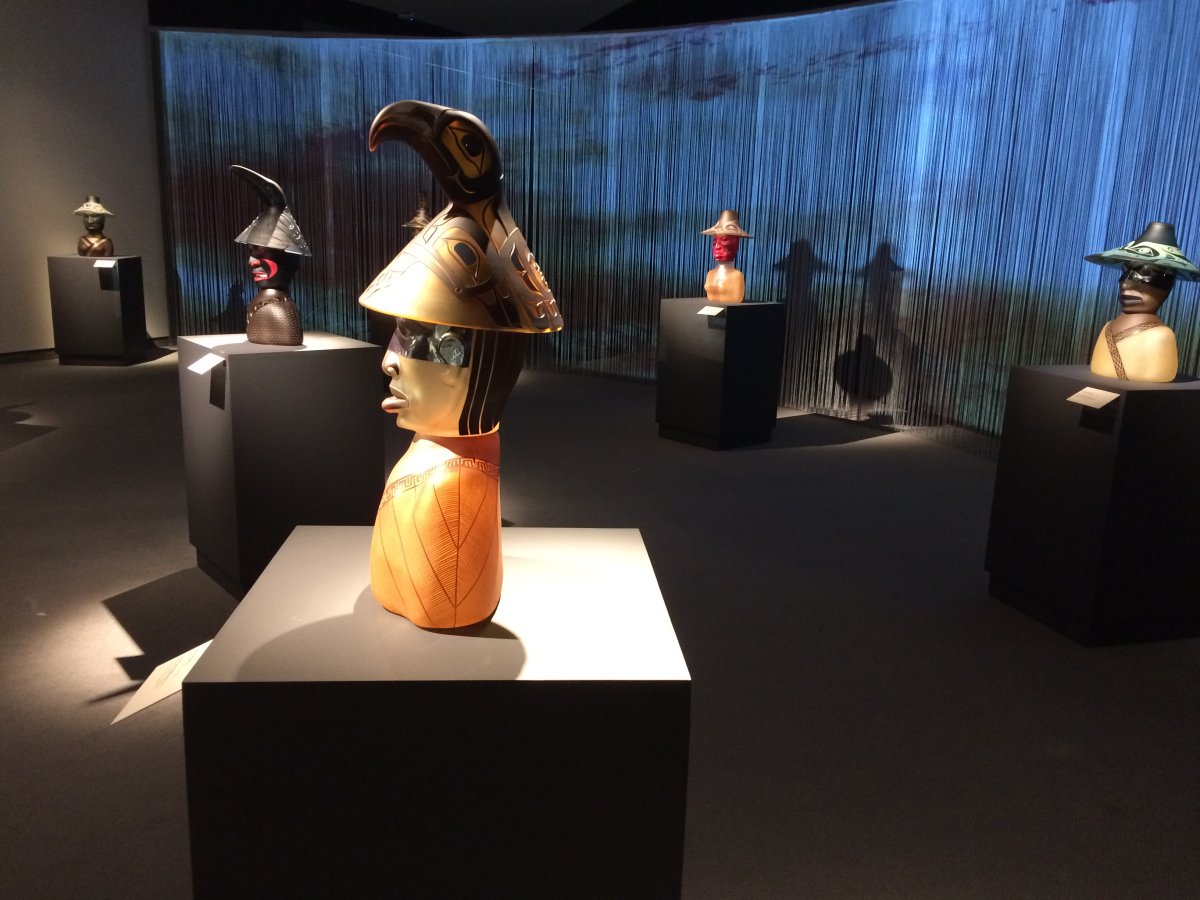October 29, 2020 - Wichita, Kansas
Passing by downtown Witchita, largest city in Kansas. The grey skies and rain had finally lifted and we had sunshine for the first time in a week.
The first permanent settlement in Wichita was a collection of grass houses inhabited by the Wichita tribe in 1864. Pioneer trader Jesse Chisholm established a trading post at the site in the 1860s (whom the Chisholm Trail was named). Wichita was founded in 1868 by businessmen then incorporated as a city in 1870. The Chisholm Trail ran along the east side of Wichita from 1867 to 1871. In 1872 the Wichita and Southwestern Railroad completed a branch line from Wichita to the Atchison, Topeka and Santa Fe Railway at Newton. As a result, Wichita became a railhead for cattle drives from Texas, from which it has derived its nickname "Cowtown." Wichita's neighboring town on the opposite (west) bank of the Arkansas River, Delano, a village of saloons and brothels, had a particular reputation for lawlessness, largely accommodating the rough, visiting cattlemen. The Wichita/Delano community gained a wild reputation, however, the east (Wichita) side of the river was kept more civil, thanks to numerous well-known lawmen who passed through, employed to help keep the rowdy cowboys in line. Among those was Wyatt Earp. After railroads were extended west and south, Wichita lost the railhead for cattle drives along with the rowdy cowboys that came with it. In 1880, Delano was annexed by Wichita, then a land boom involving speculation occurred in the late 1880s, and by 1890 the population of Wichita had exploded to nearly 24,000.
In the 1920s and 1930s, businessmen and aeronautical engineers established aircraft manufacturing companies in Wichita, including Beechcraft, Cessna, and Stearman Aircraft. The city became an aircraft production hub known as "The Air Capital of the World." Textron Aviation, Learjet, Airbus, and Spirit AeroSystems continue to operate design and manufacturing facilities in Wichita, and the city remains a major center of the American aircraft industry.
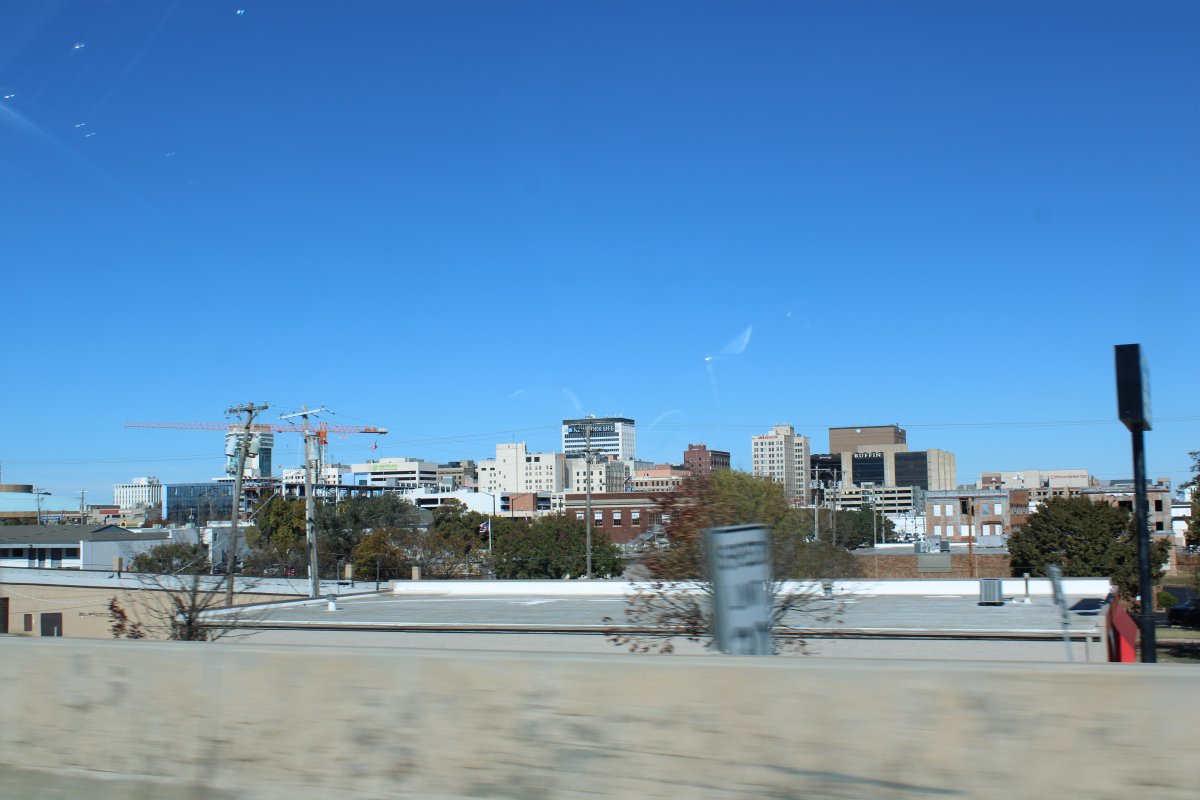
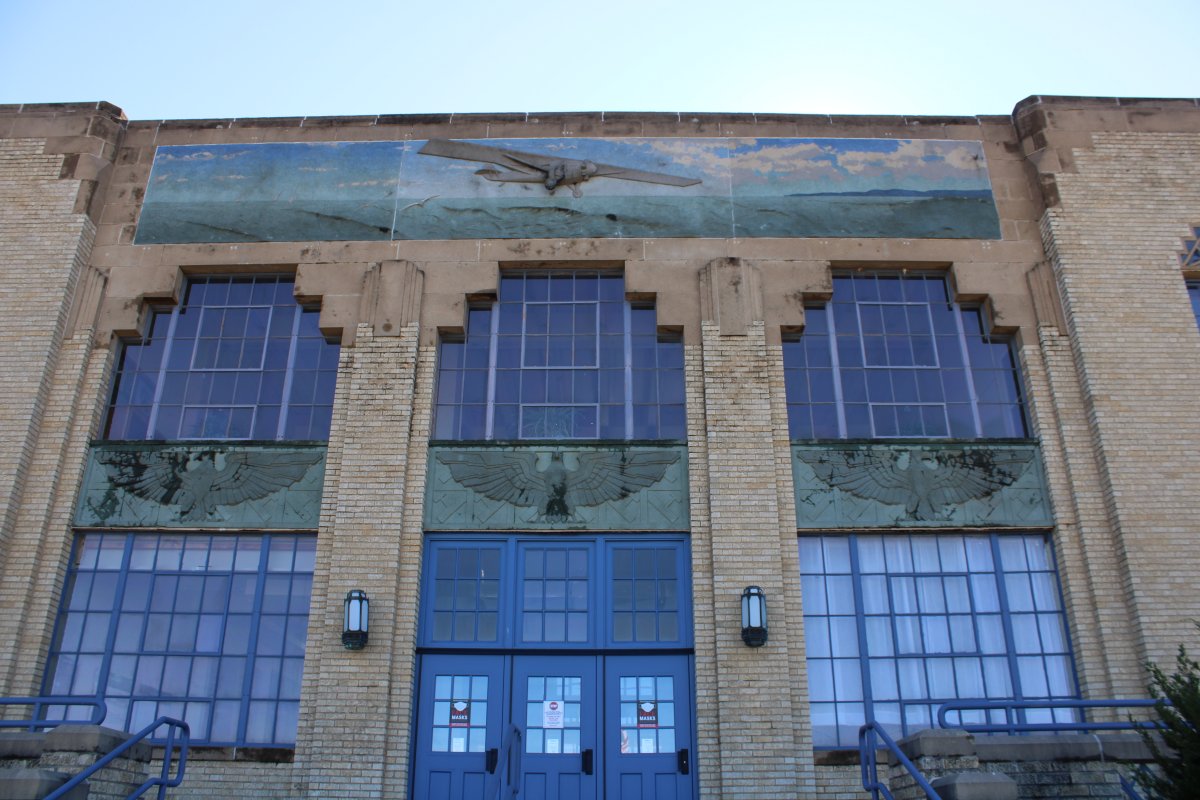
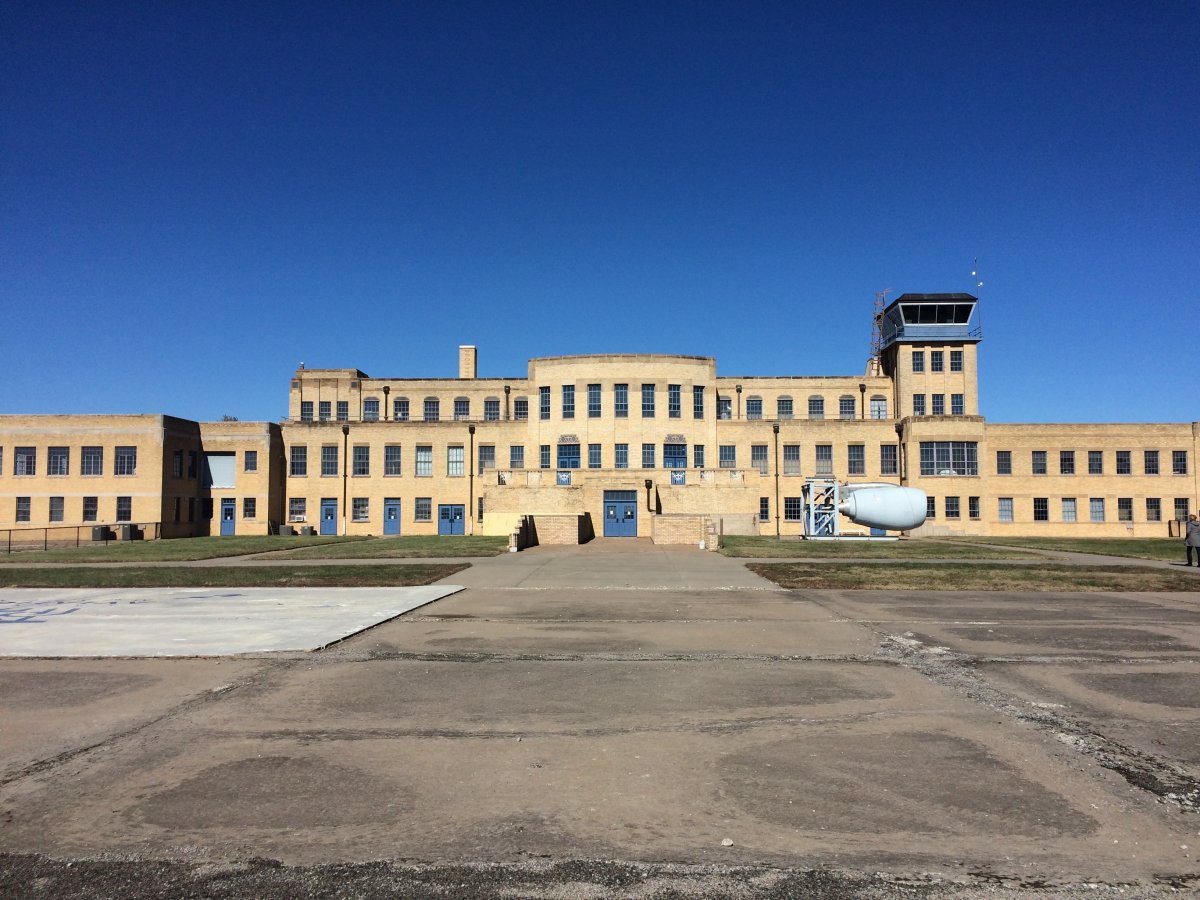
Wichita was the last stop before crossing the Rocky Mountains to Los Angeles in those days. The airport was greatly needed for fuel and more importantly weather updates. As told in story after story, many people who landed, ate at the restaurant and milled about were legends of industry and film. Fred Astaire, Bob Hope, Howard Hughes and countless other famous people all walked the terrazzo floors in what is now the Kansas Aviation Museum. It was tagged the "Country Club without dues". During the oppressive heat of the 1930s people would come out to the airport at night, spread out a blanket, enjoy the cool breezes and watch the incoming and outgoing aircraft.
During World War II the airport became the fourth busiest in the United States being a convenient stop off in the middle of the US and with the endless flight testing of tens of thousands of aircraft being built in Wichita for the War effort. The additions on the east and west end of the building were added in 1942 and 1943. The upper part of the control tower was added in 1940. It was the first control tower to have slanted windows.
After WWII and into the 1950s, the U.S. Air Force decided they needed an air base in centrally located Kansas which would later become McConnell Air Force Base, a Strategic Air Command base until mid-1992 when it became an Air Combat Command base, and December 1993 when it became an Air Mobility Command base. The Air Force didn't want to spend years designing and building a new air base; they wanted one now.
The Air Force and the City of Wichita came to an agreement on price and the building was sold to the Federal Government in 1951. The city bought land, designed and began construction of the new Wichita Municipal airport on the west side of Wichita -- now called Wichita Dwight D. Eisenhower National Airport. Both civil and military flights shared the airport until October 1954 when the last commercial flight took off. The Air Force continued to use the building (called Building One) until about 1984 when they shut the doors and abandoned it marking it off as surplus. It sat empty and partially gutted for at least six years until the Kansas Aviation Museum was formed in 1990 and began work. The outside of the building has been restored but still needs some work.
Much remains to be done to the inside and millions more will have to be spent to bring it back to its 1930's heyday look. The building is without a doubt one of the most beautiful buildings in Wichita and possibly in Kansas. As of June 2012, efforts to update the museum have stagnated due to lack of funding. In 2019, improvements were made to the museum, new exterior doors were installed. The control tower glass was replaced.
A look at the Wichita Air Terminal back in its glory days: 1937. Look at all those cars in the parking lot.

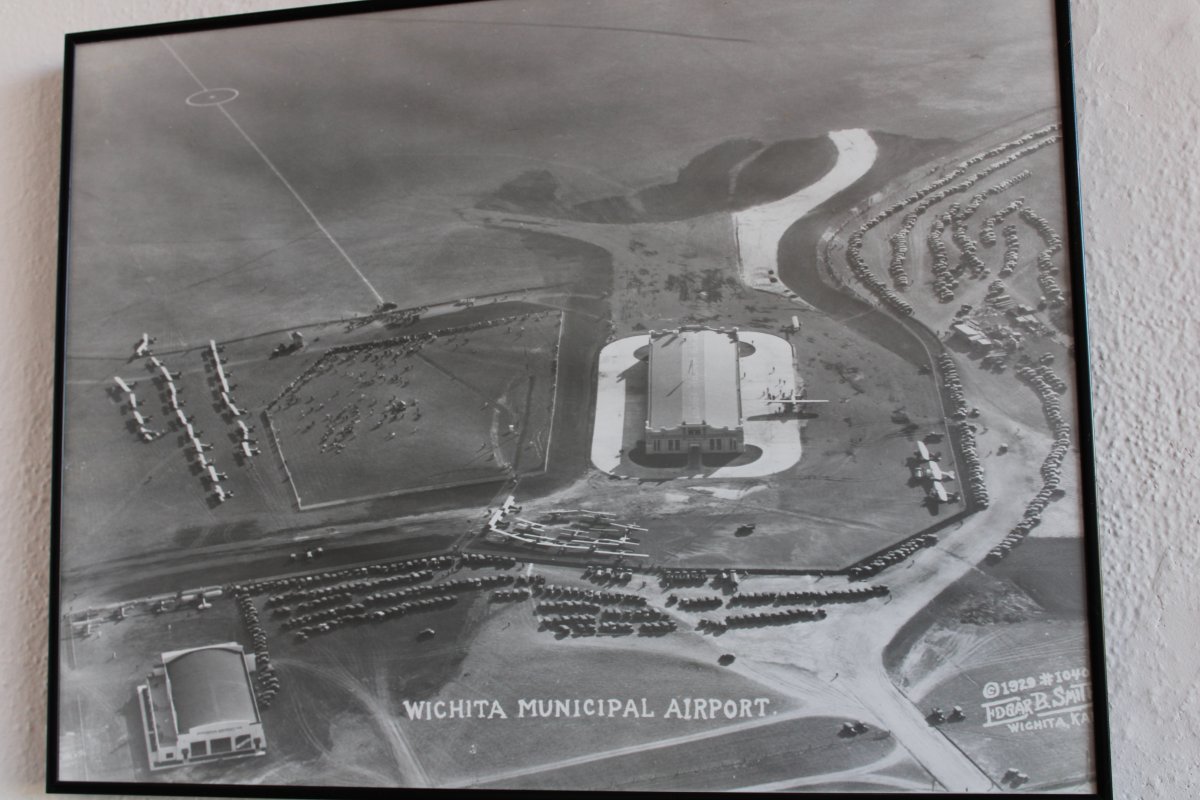
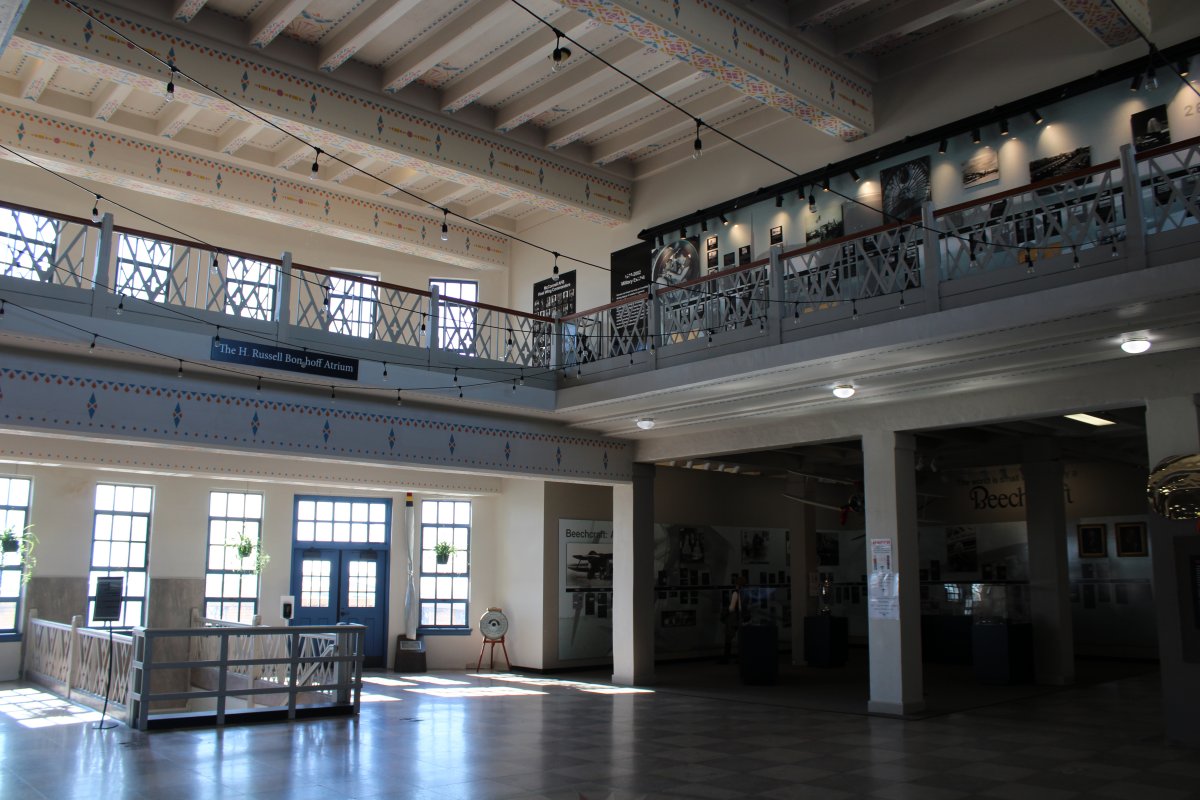
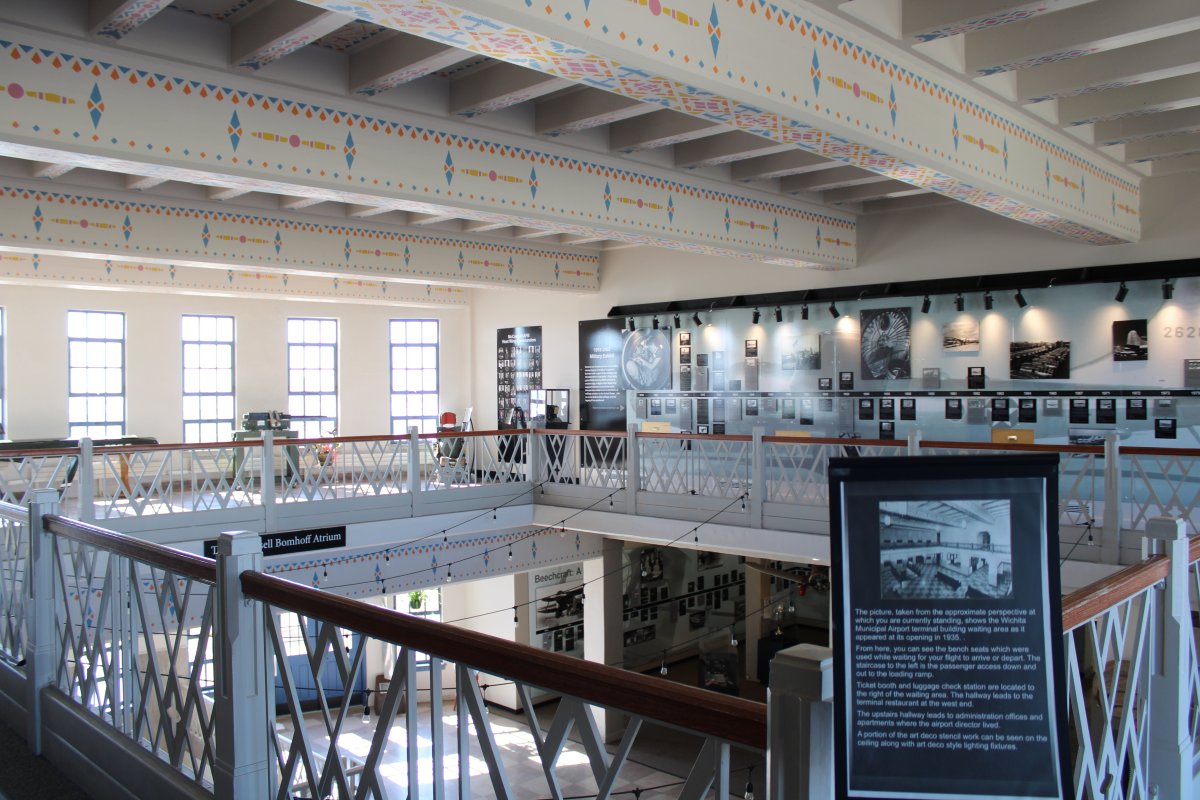
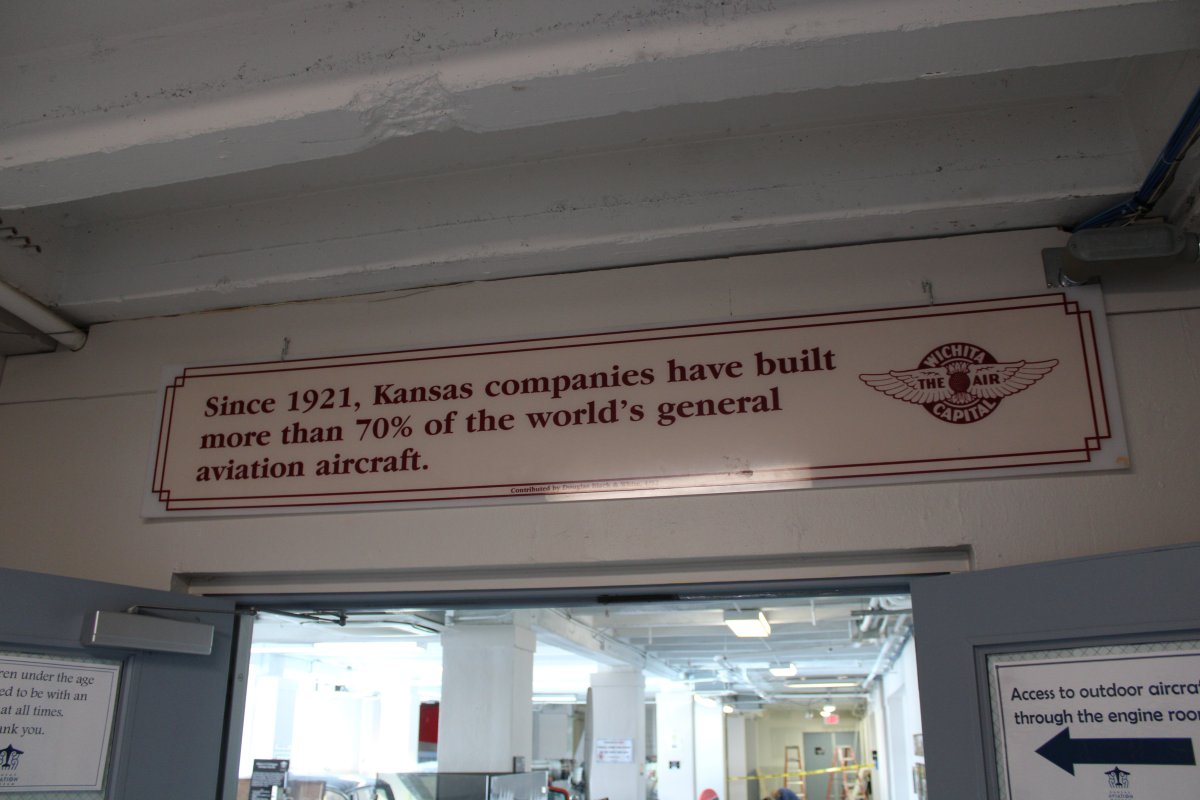
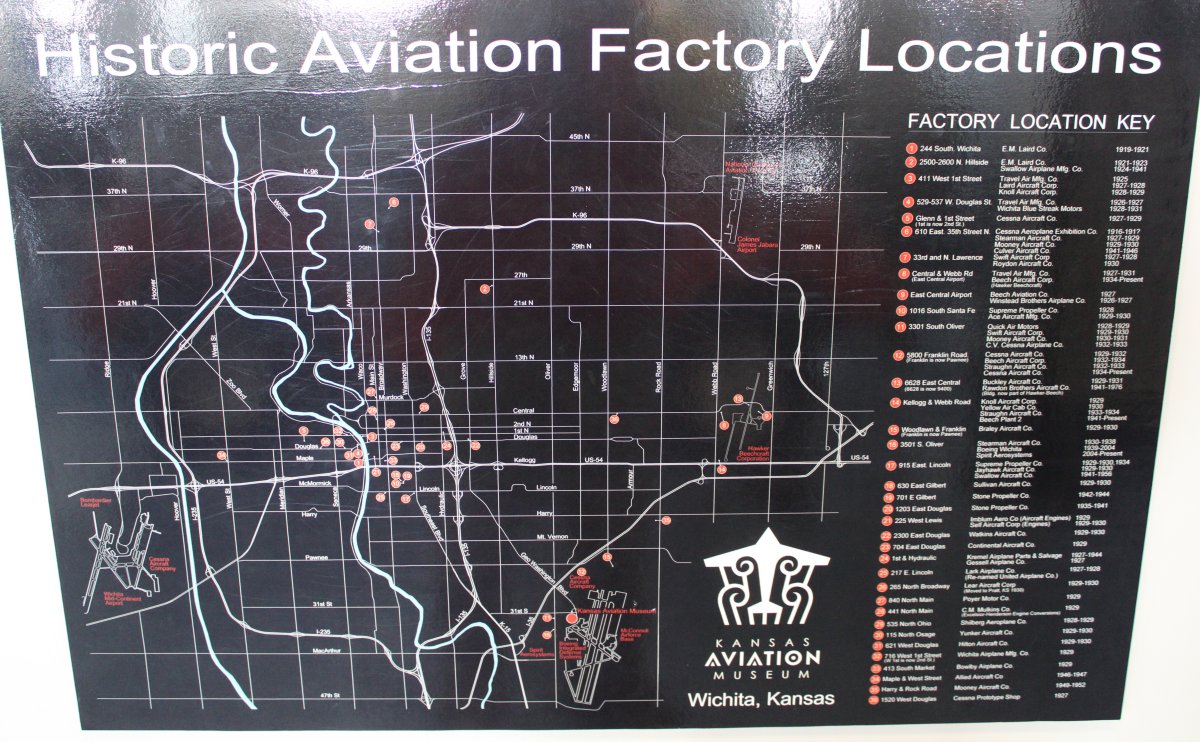
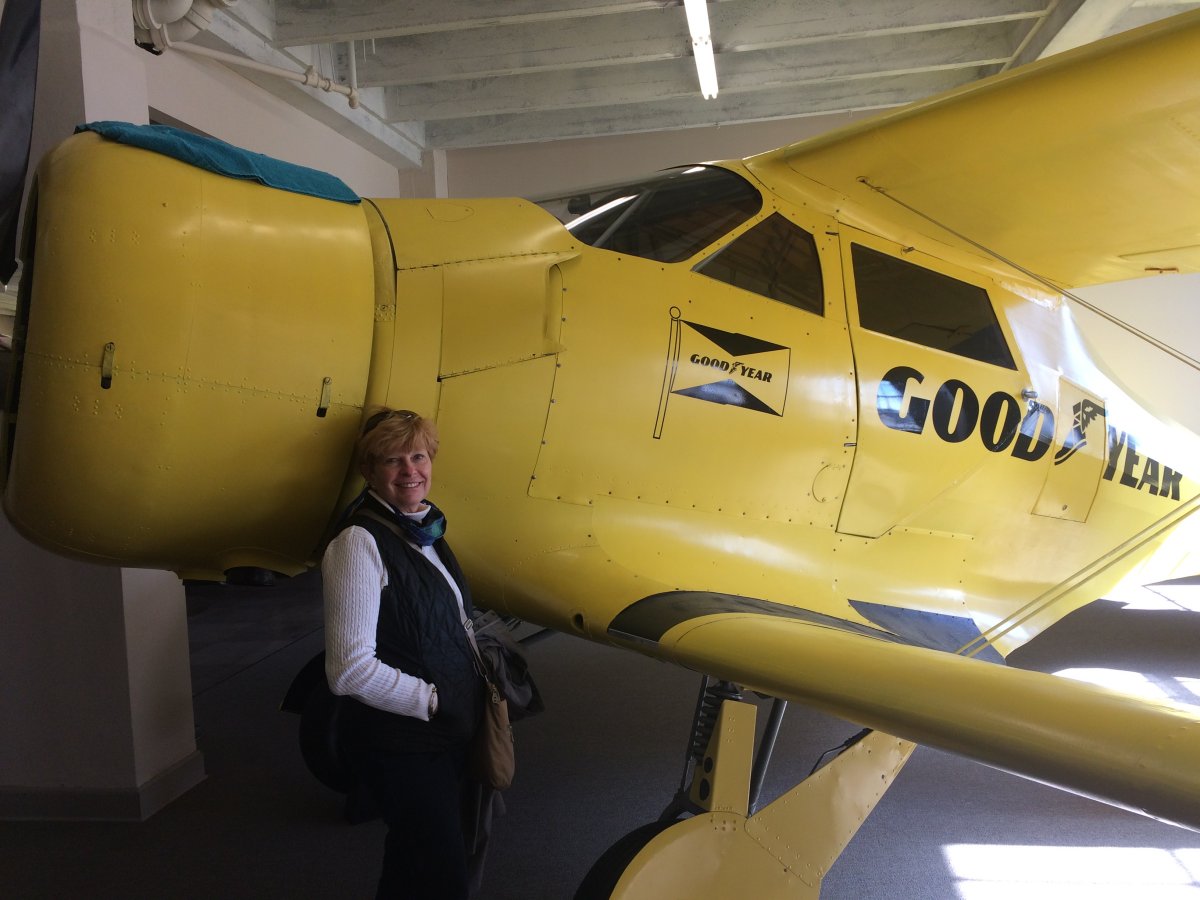
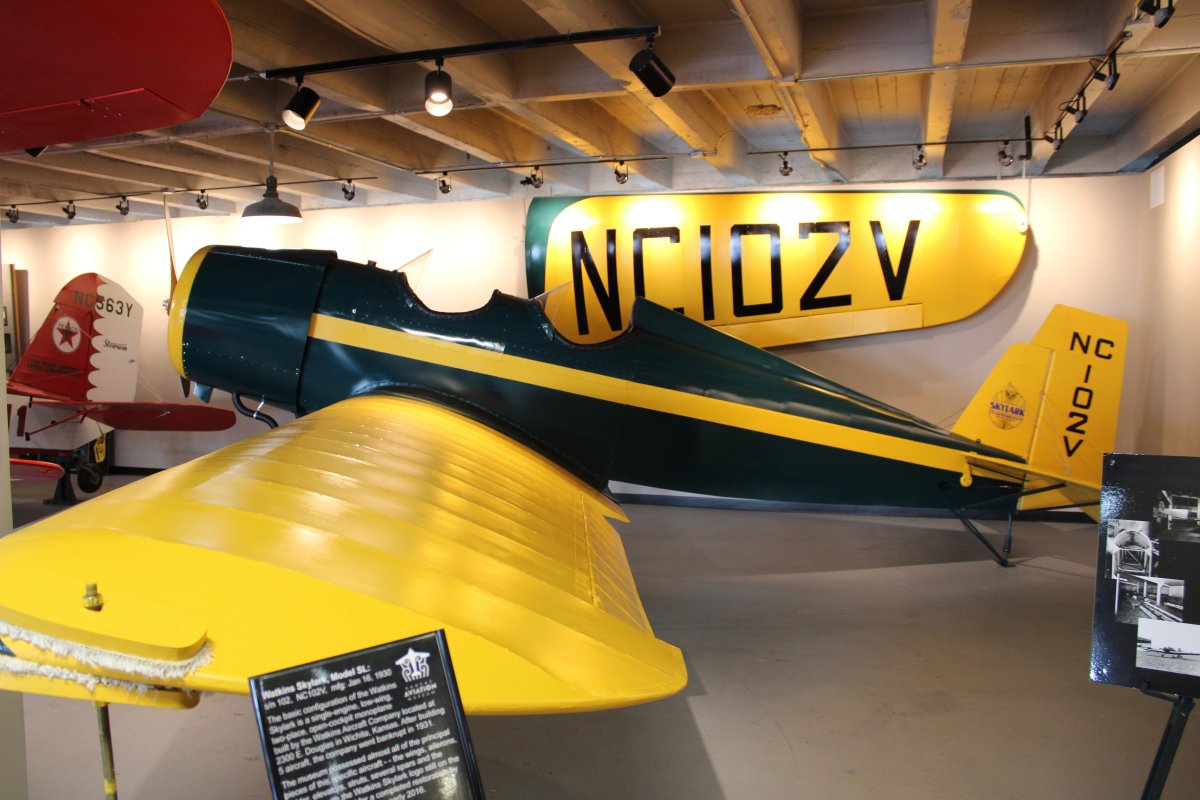
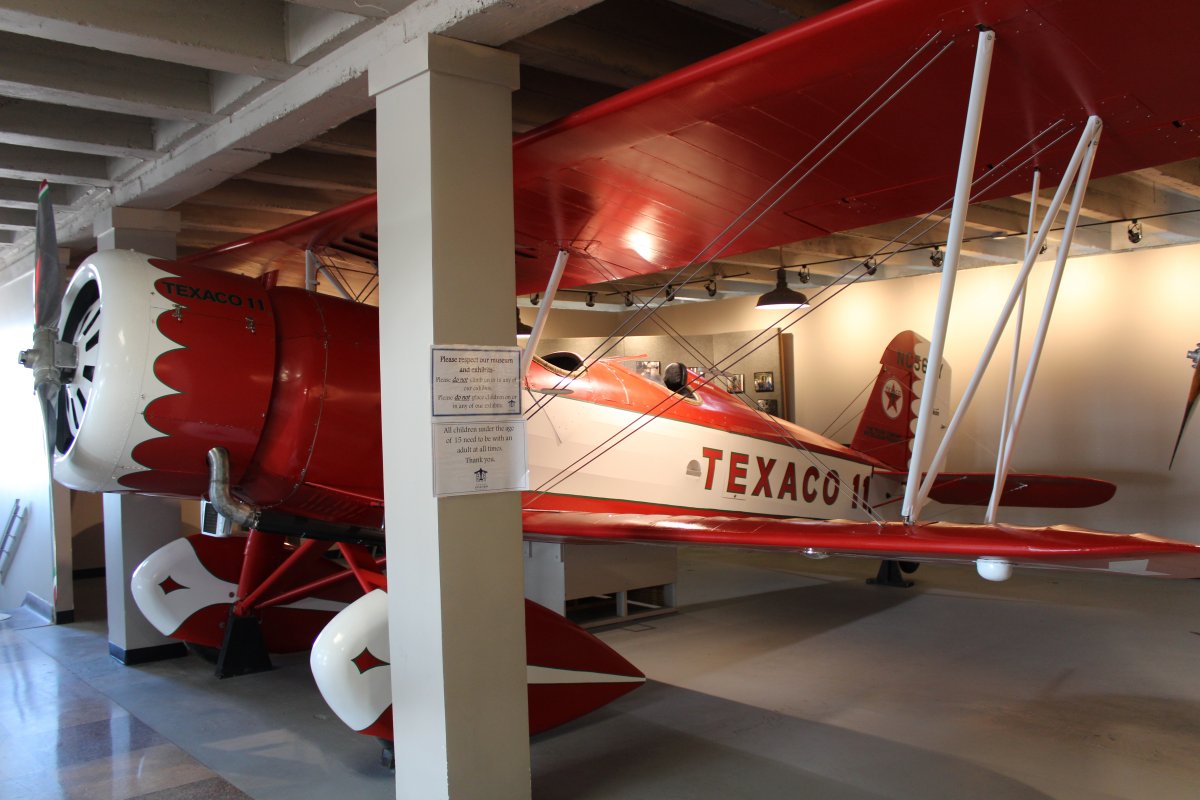
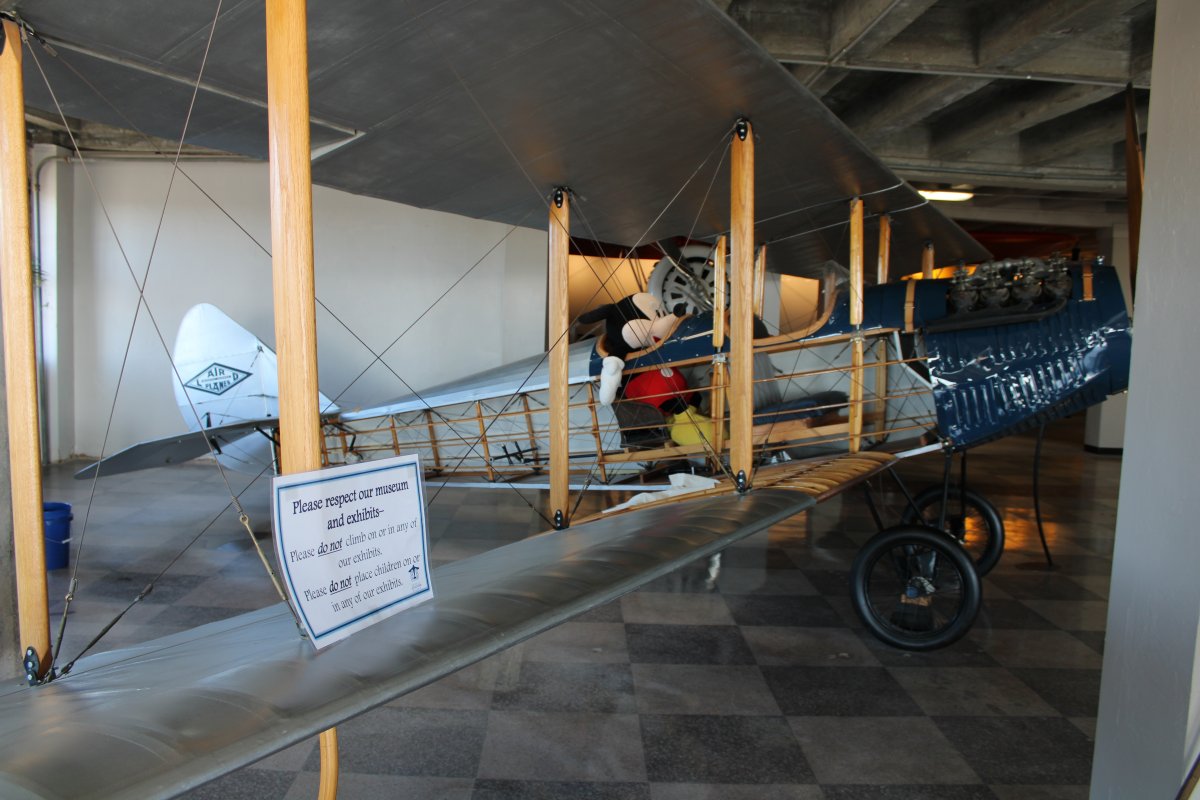
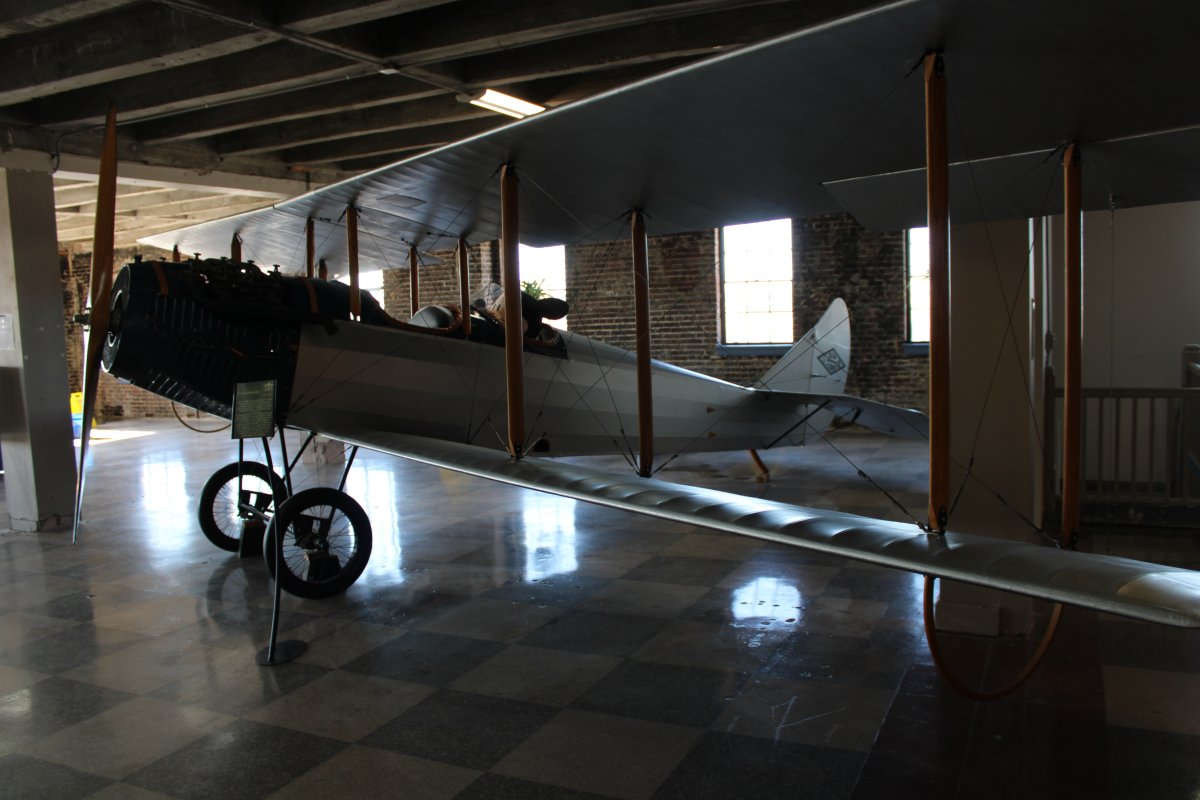
A Mooney M-18 Mite. The Mite was designed by Al Mooney and was intended as a personal airplane marketed to fighter pilots returning from World War II. The Mooney Aircraft Corporation built a total of 283 Mites in Wichita, Kansas, and Kerrville, Texas, between 1947 and 1954. The market for the single-seat M-18 was limited, so Mooney later developed the very successful and well-known four-place M-20 to appeal to aircraft owners with families.
The M20 was the 20th design from Al Mooney, and his most successful. The series has been produced in many variations over the last 60 years, from the wooden-wing M20 and M20A models of 1955, to the M20V Acclaim Ultra that debuted in 2016. More than 11,000 aircraft in total have been produced. However, the market for a piston-engined four-seater costing hundreds of thousands of dollars dried up in the 90's and sales dropped way off. Despite an infuse of cash from the Chinese in 2013, the company closed its doors and laid off all staff on 12 November 2019.
You can tell this plane is in the Mooney family because of the distinctive forward-leaning vertical stabilizer and rudder.
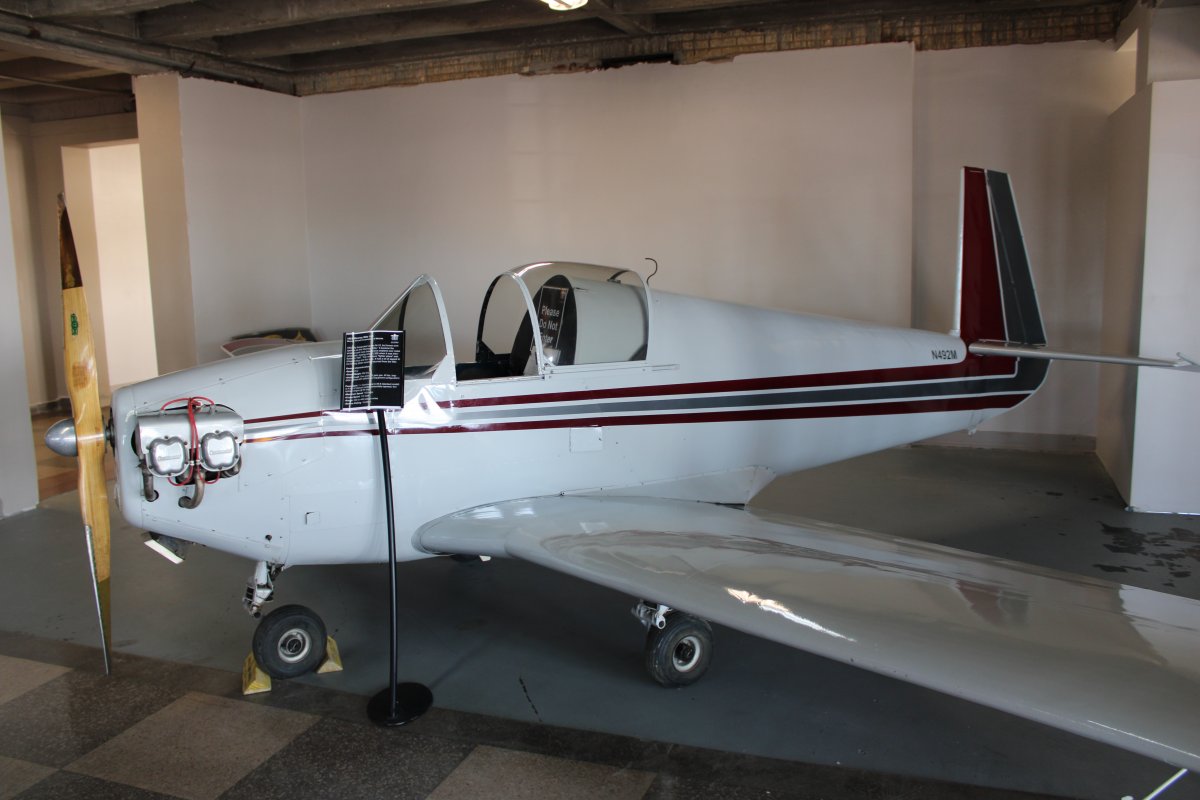
A number of aircraft are on static display, including a big B-52 bomber. McConnell AFB's runways and taxiways are visible with the modern control tower on the right.
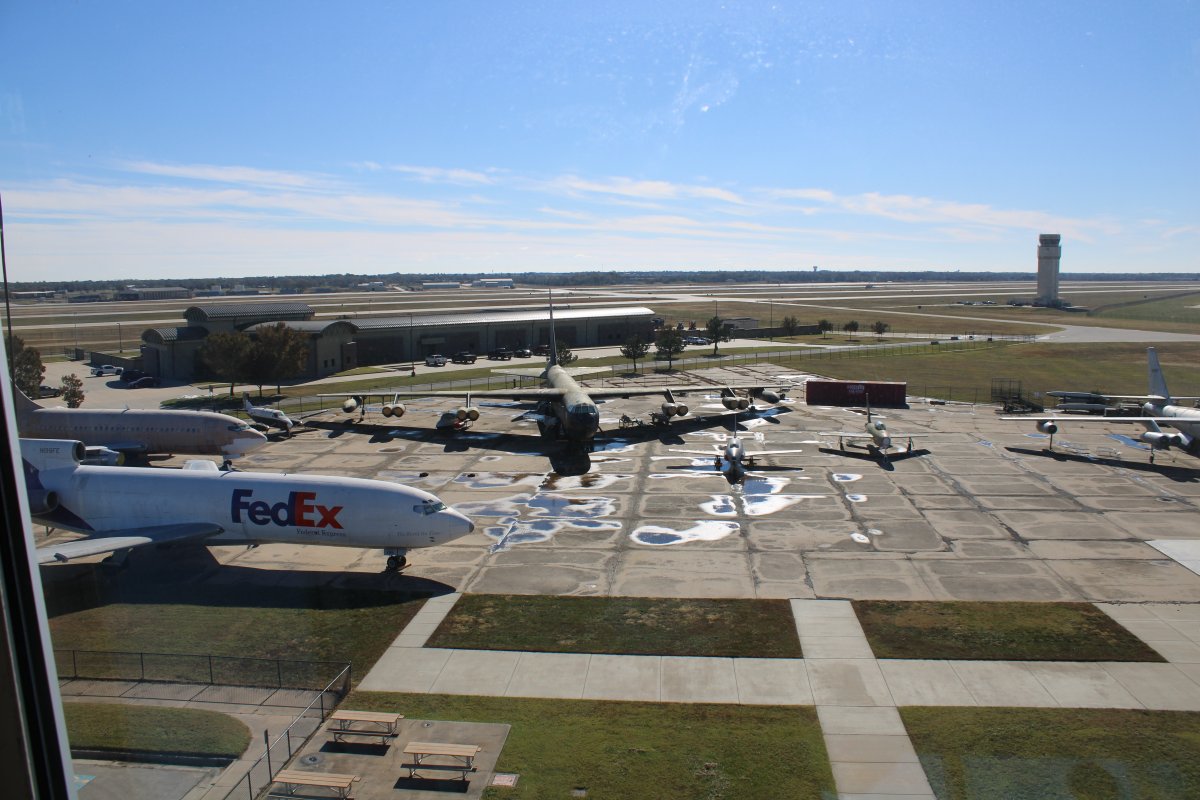
More static display aircraft, including a B-47 Stratojet bomber on the left and a KC-135 on the right. Both types were based at McConnell AFB.
The Boeing B-47 Stratojet was the first swept-winged jet bomber built in quantity for any air force, and was the mainstay of the medium-bombing strength of the Strategic Air Command all throughout the 1950s. The B-47s were built at Boeing's factory here at Wichita. Over 2,000 were manufactured.
In 1927 Stearman Aircraft established an airplane factory in Wichita, Kansas. Boeing absorbed Stearman in the 1930's, and used the 1,127 acre site to manufacture civilian and military aircraft, including building 1,644 B-29 Superfortresses during World War II -- four a day -- and all the B-47s. Boeing closed down most of its Wichita operations between 2005 and 2012, dividing up the property and selling it to other parties. The ex-Boeing complex is visible at upper right. Spirit Aerosystems is the primary tennant in the old Boeing buildings. Spirit is the world's largest first-tier aerostructures manufacturer. The company builds several important pieces of Boeing aircraft, including the fuselage of the 737, portions of the 787 fuselage, and the cockpit section of the fuselage (referred to as "Section 41" by Boeing) of nearly all of its airliners. Spirit also produces fuselage sections and front wing spars for the Airbus A350.
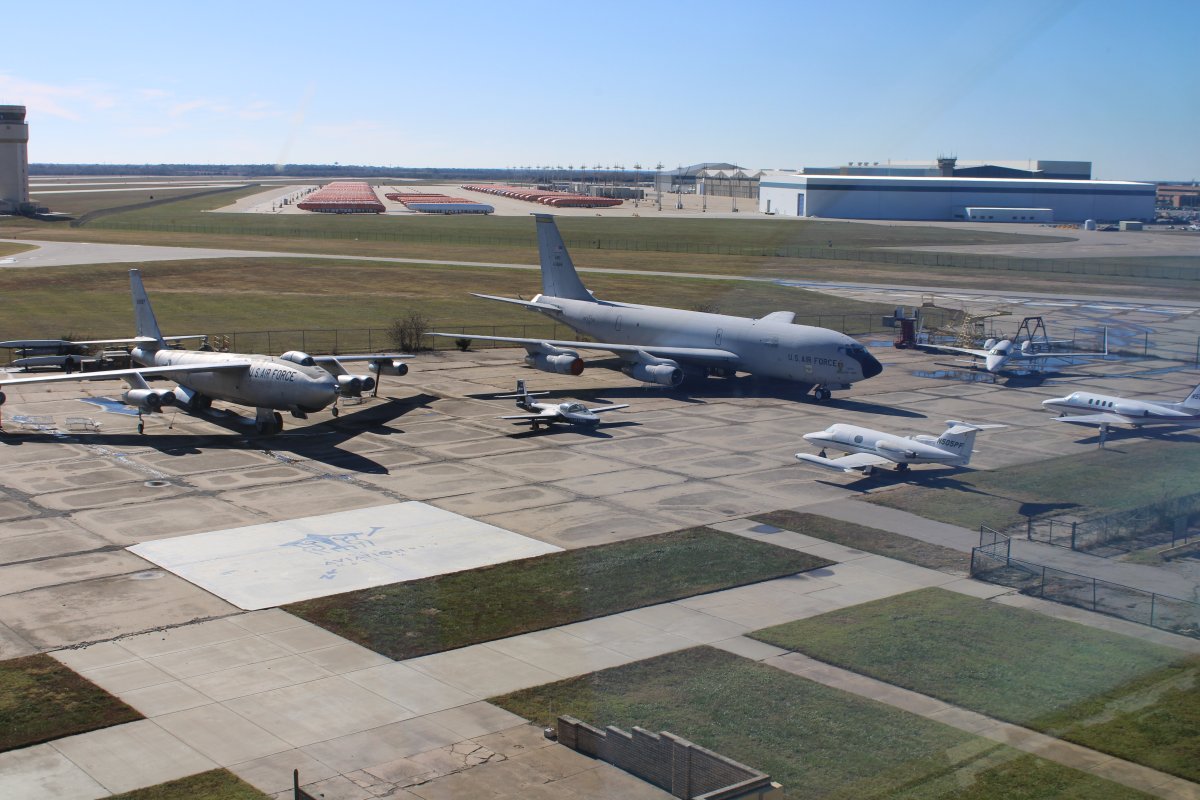
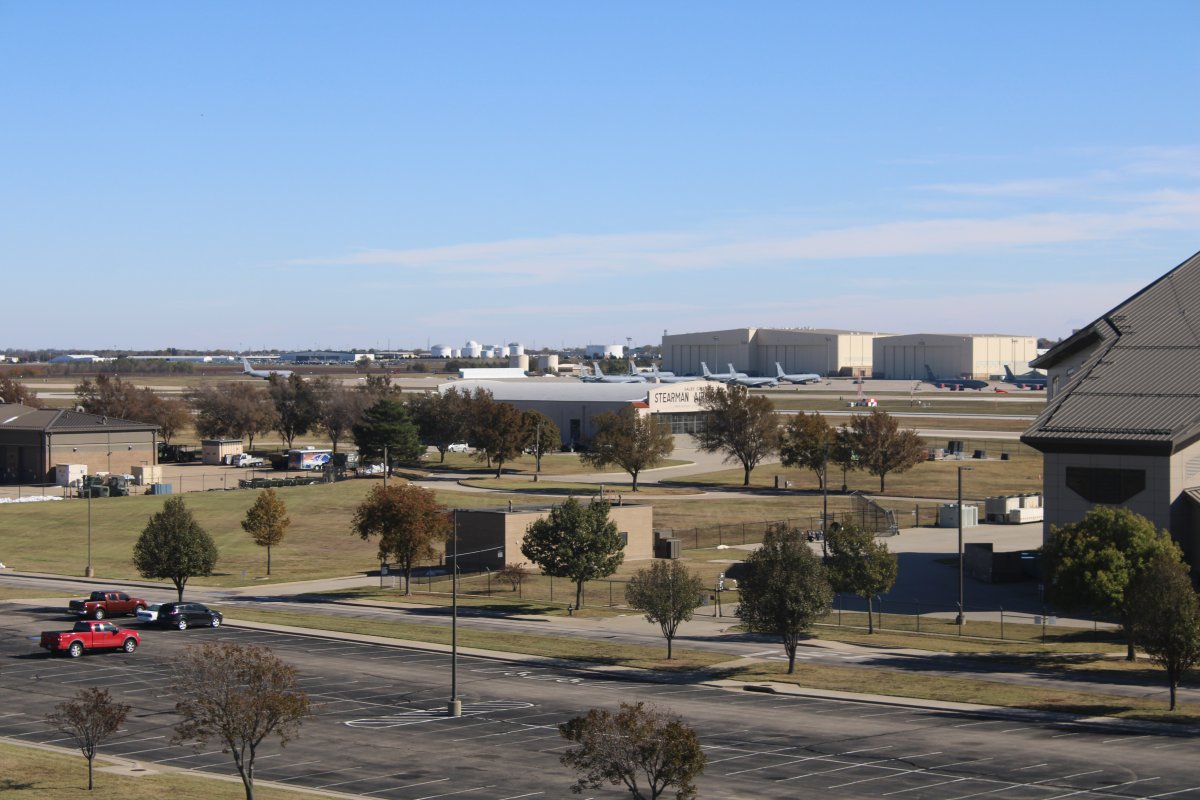
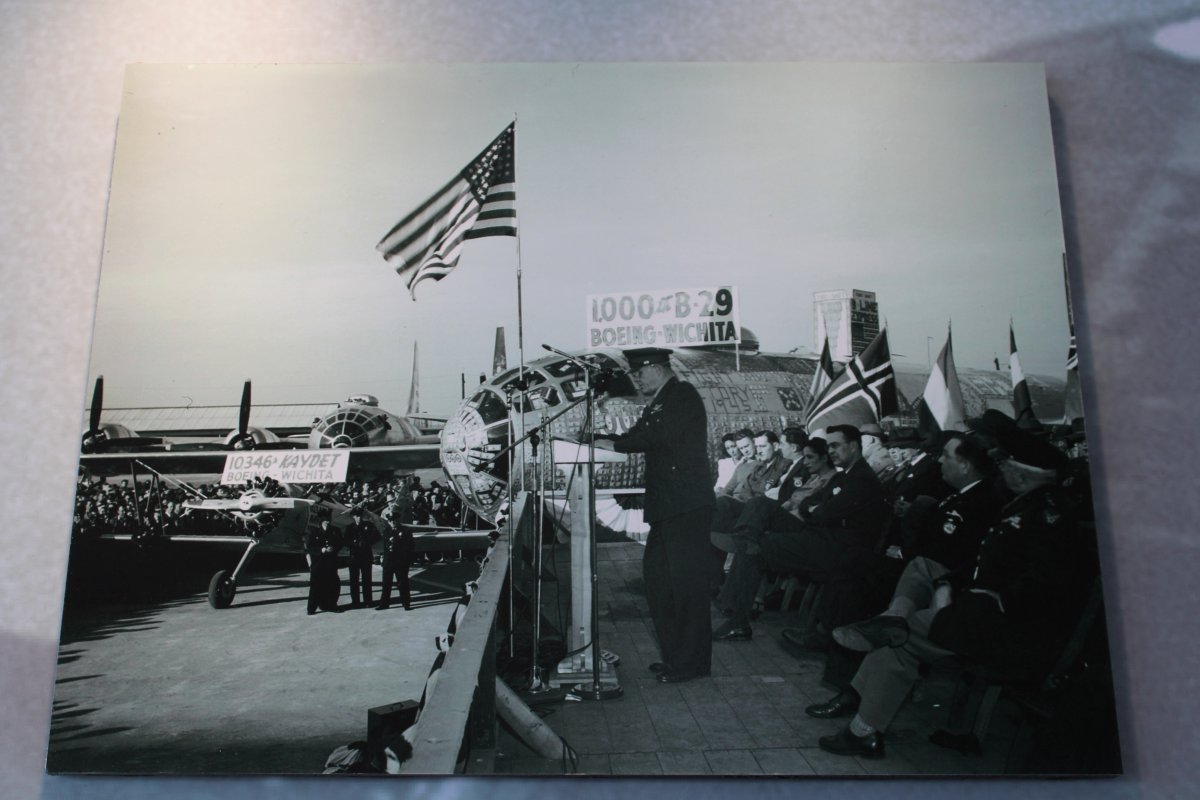
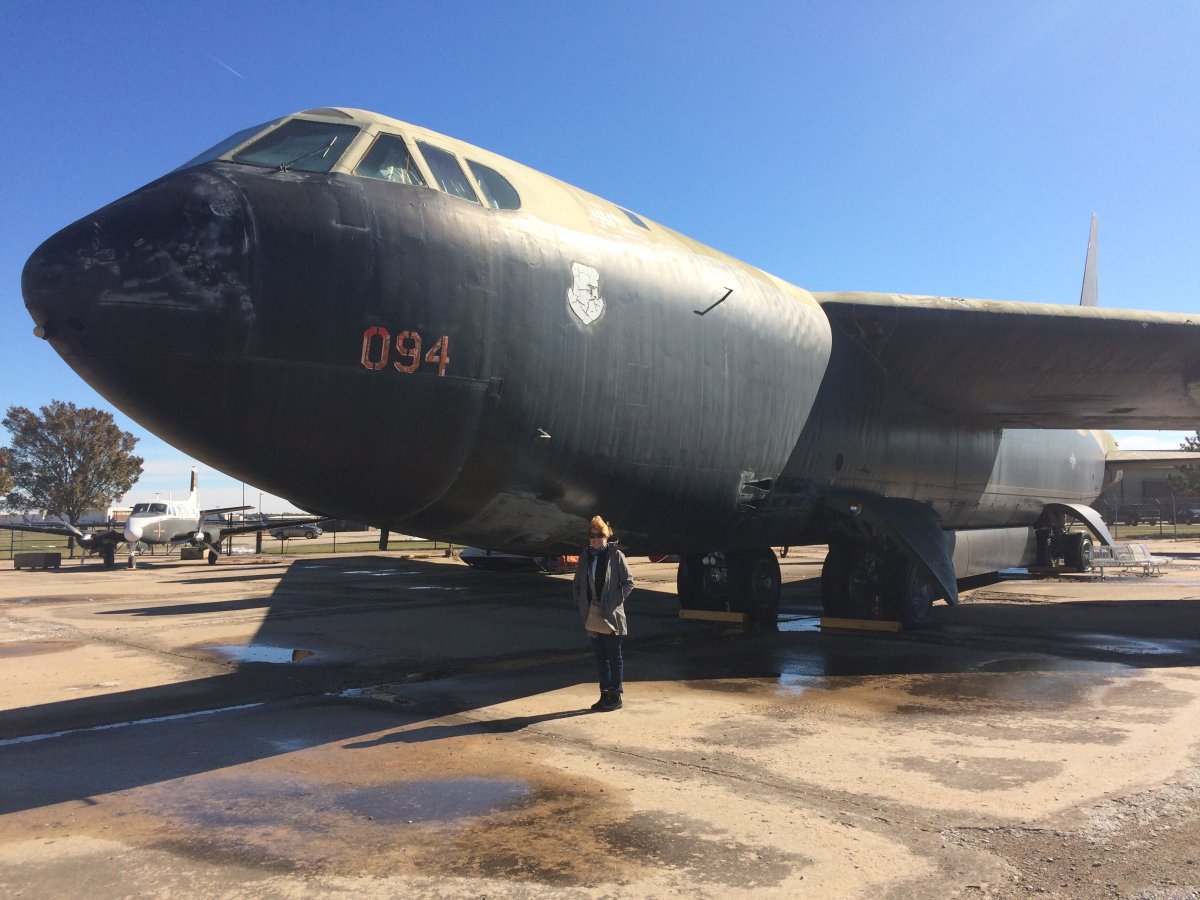
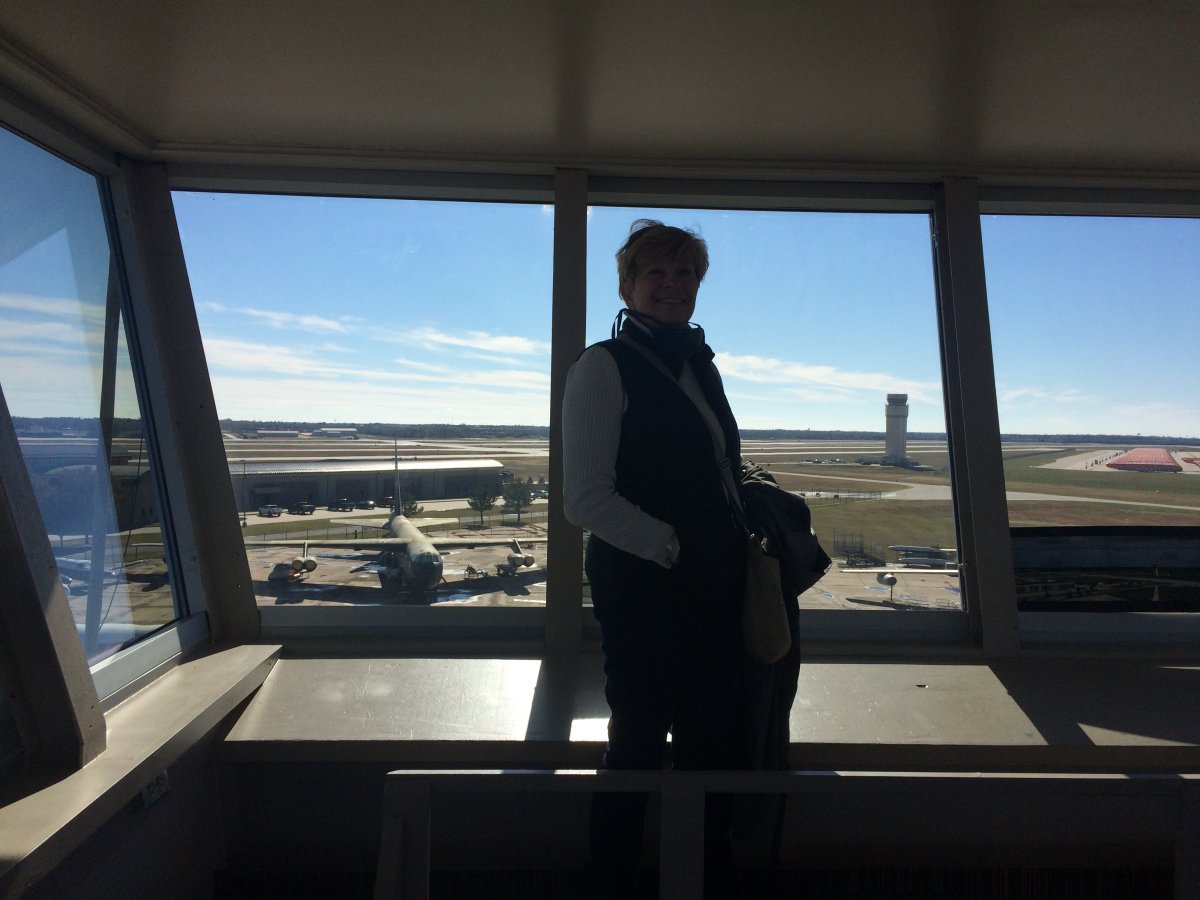
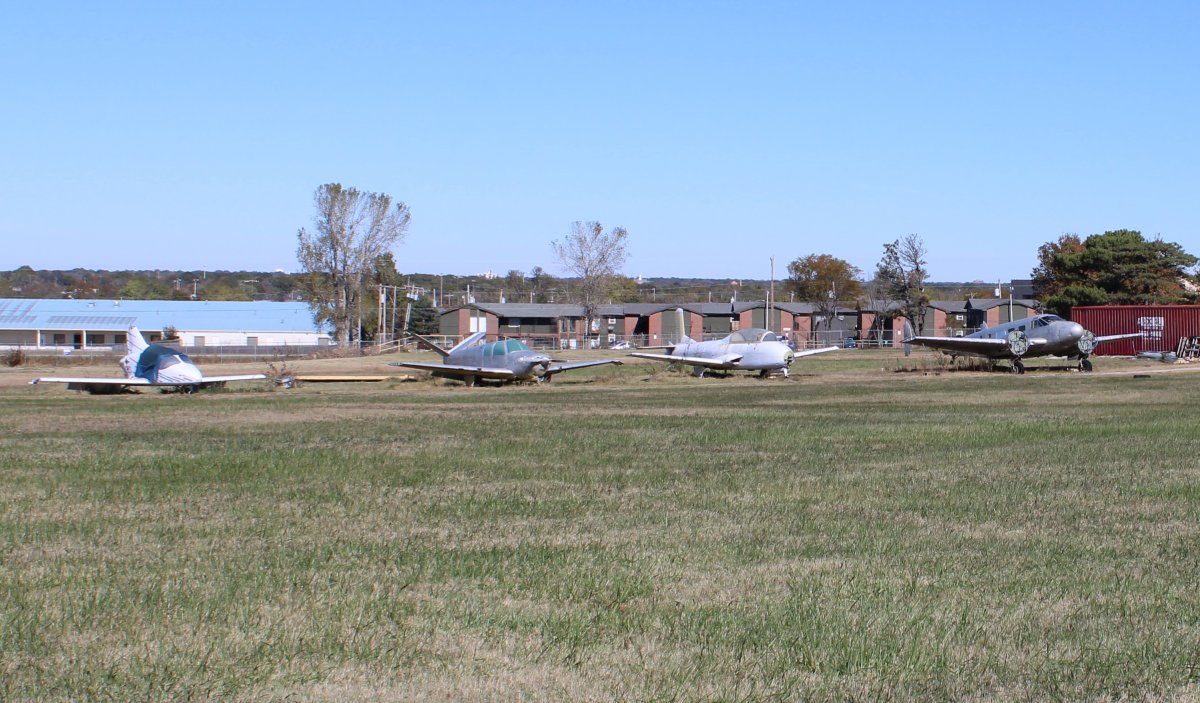
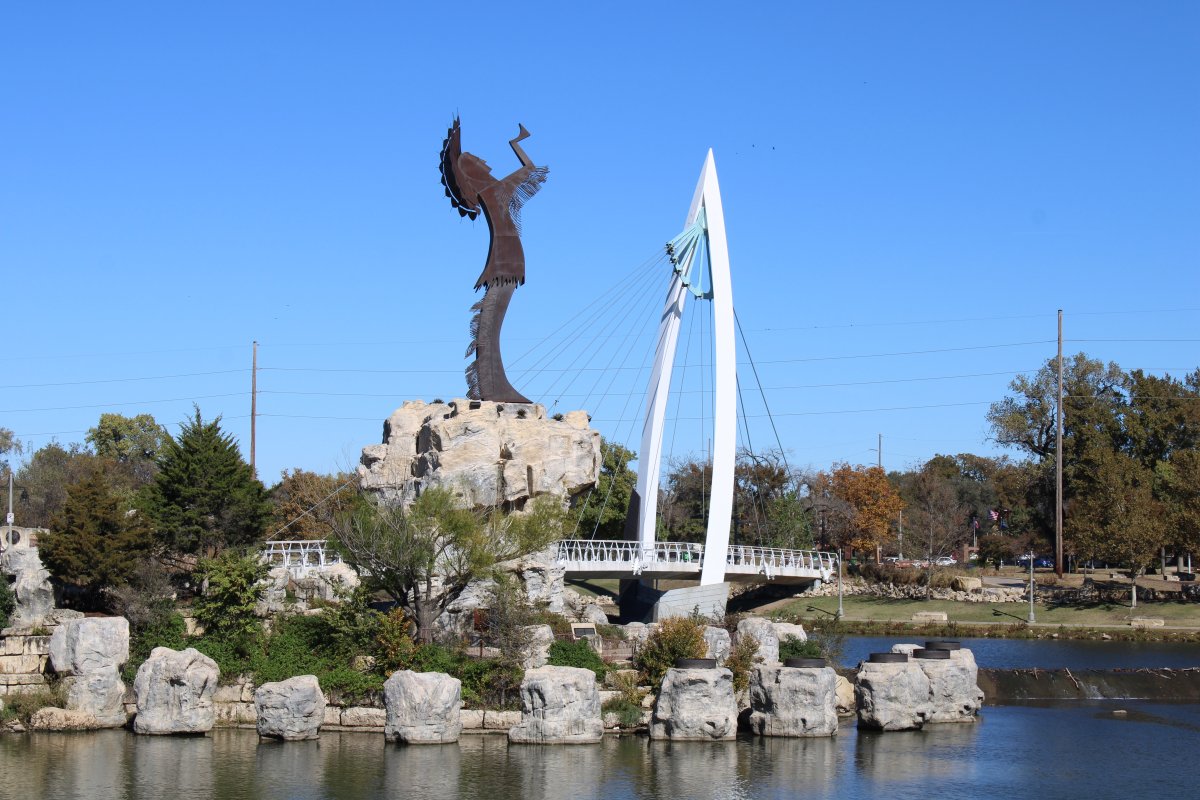
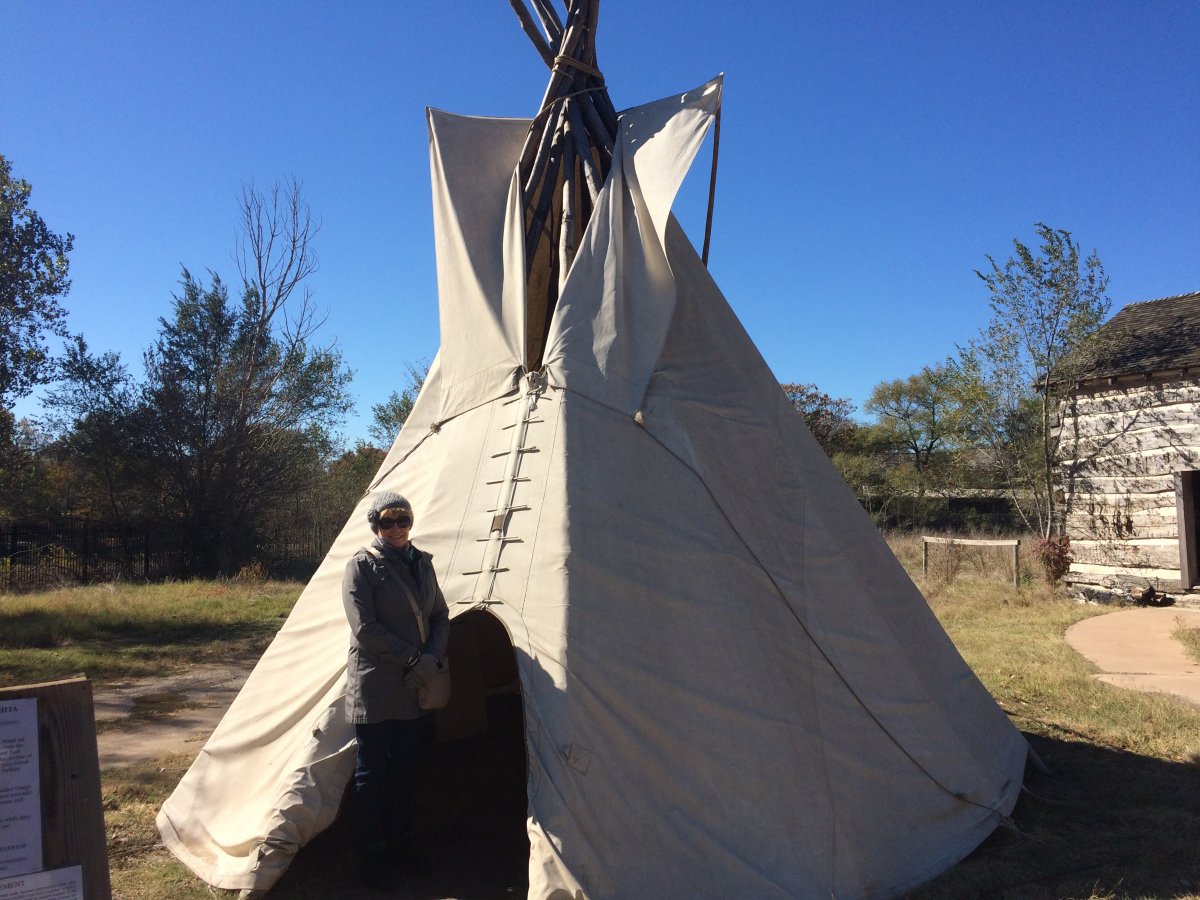
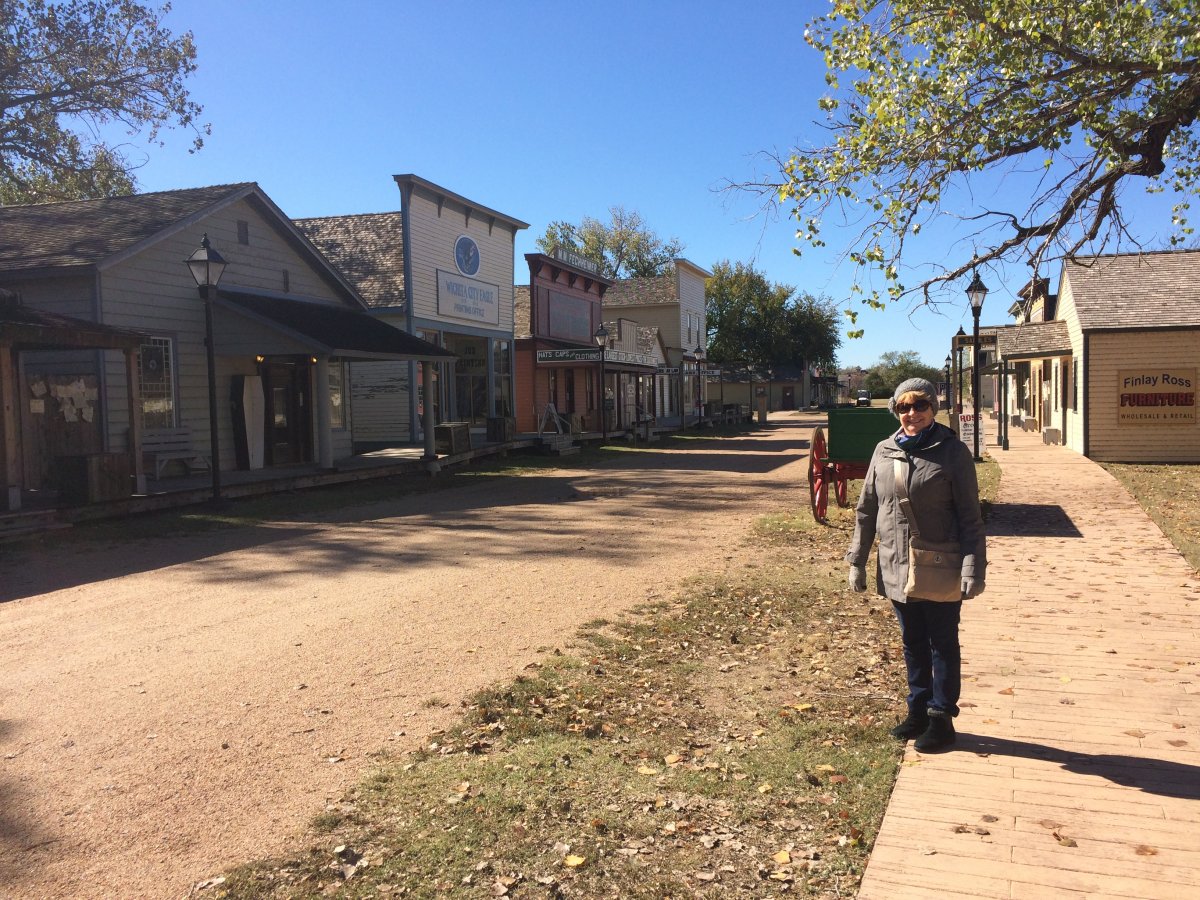
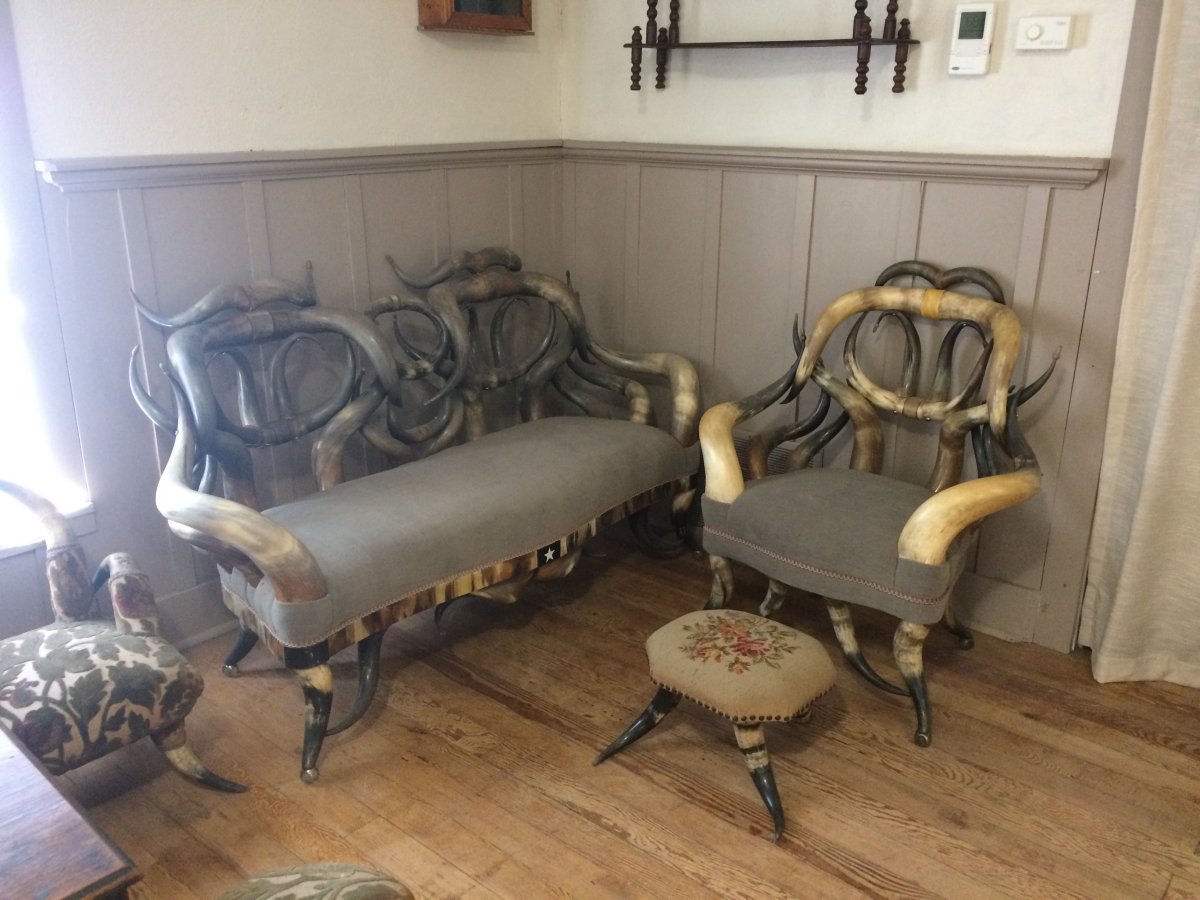
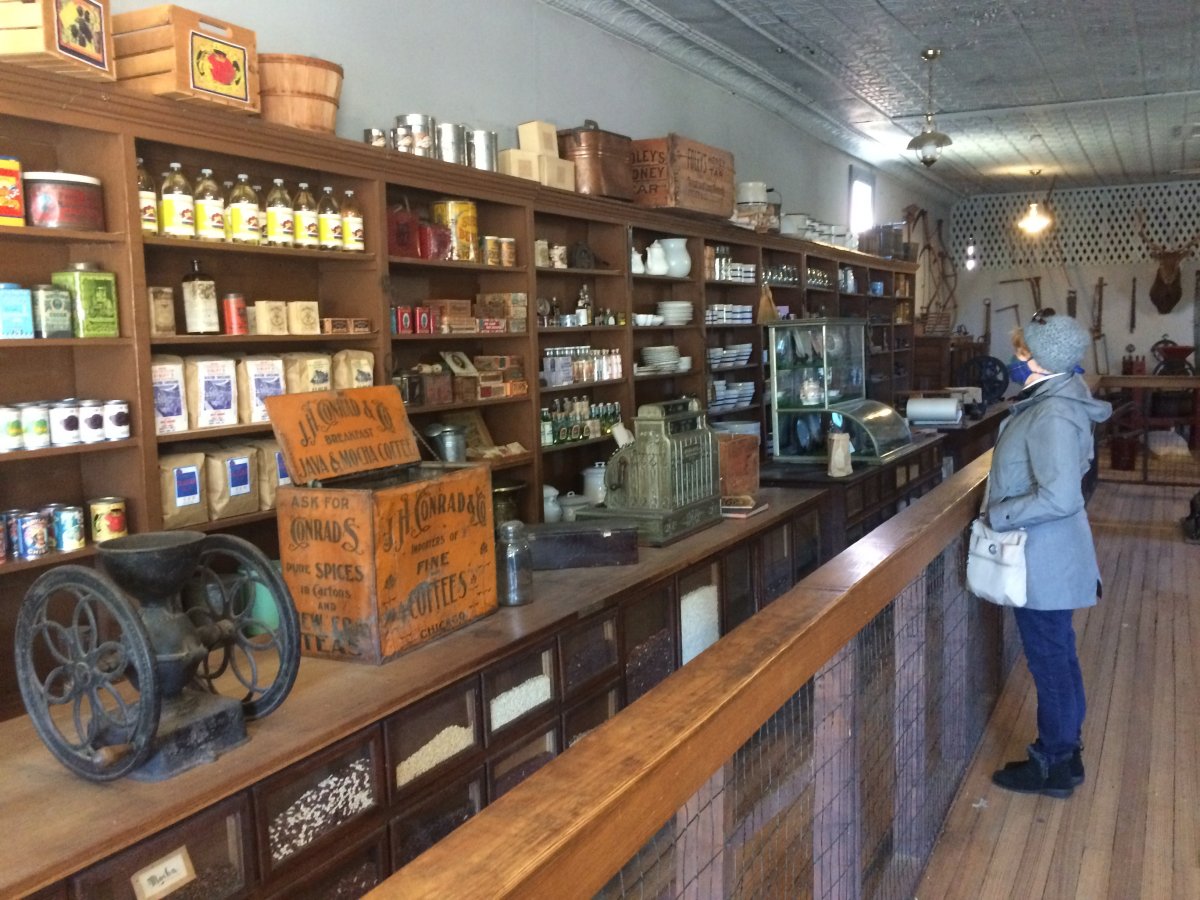
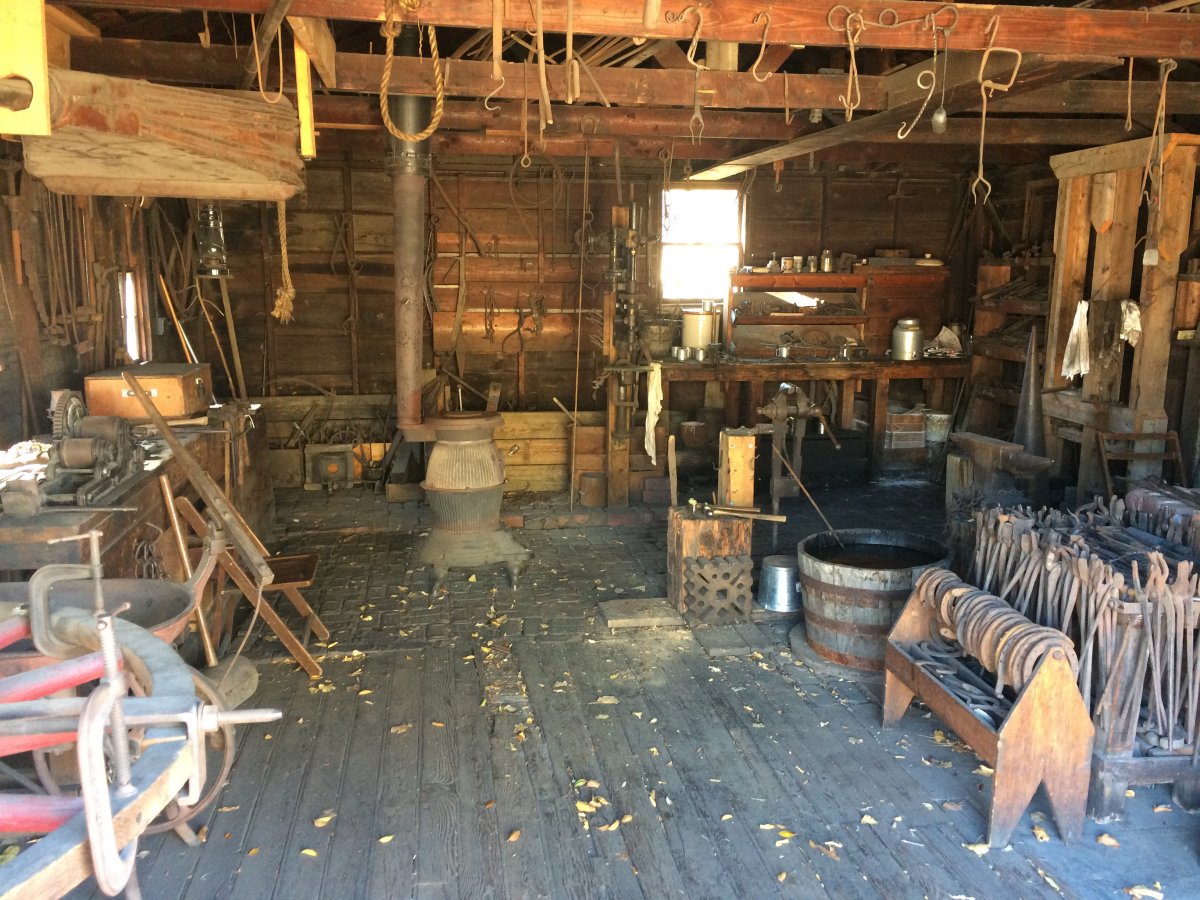
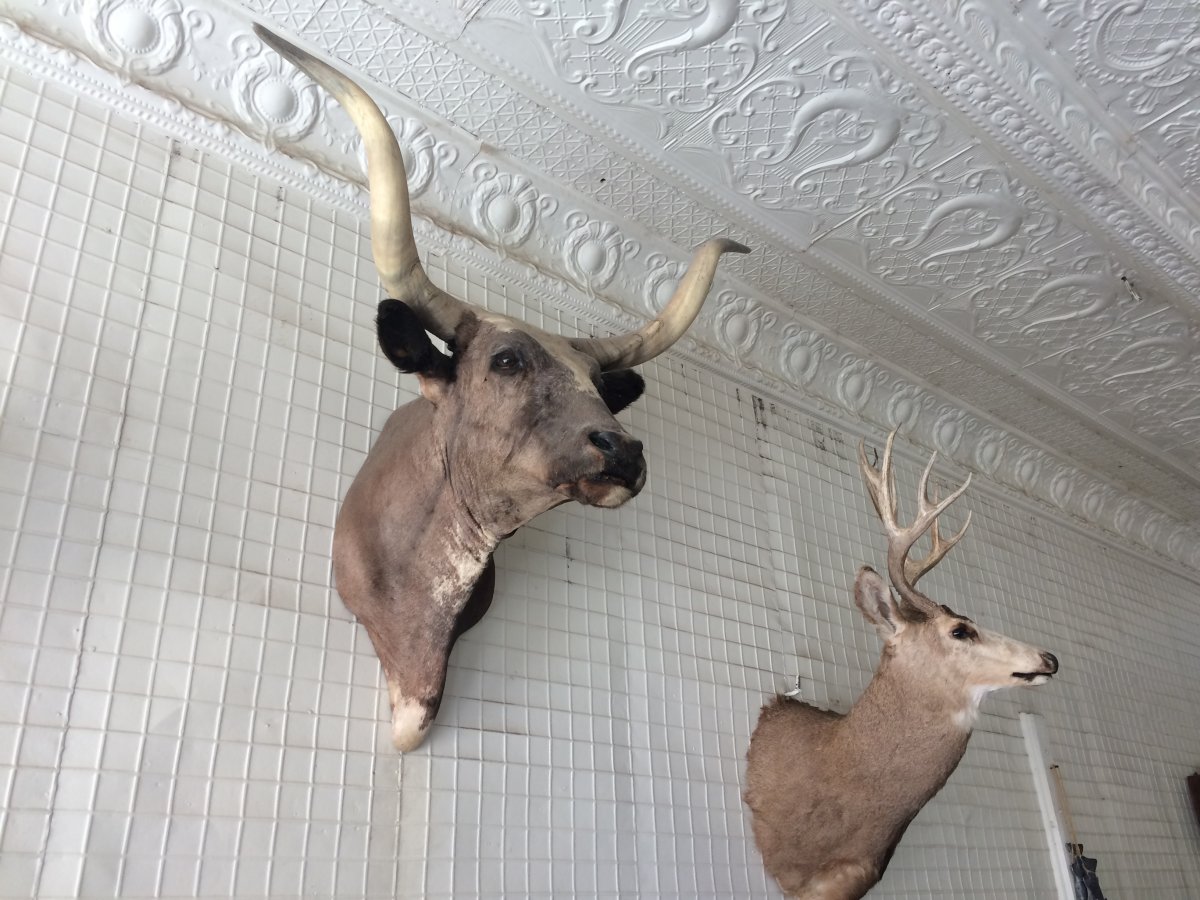
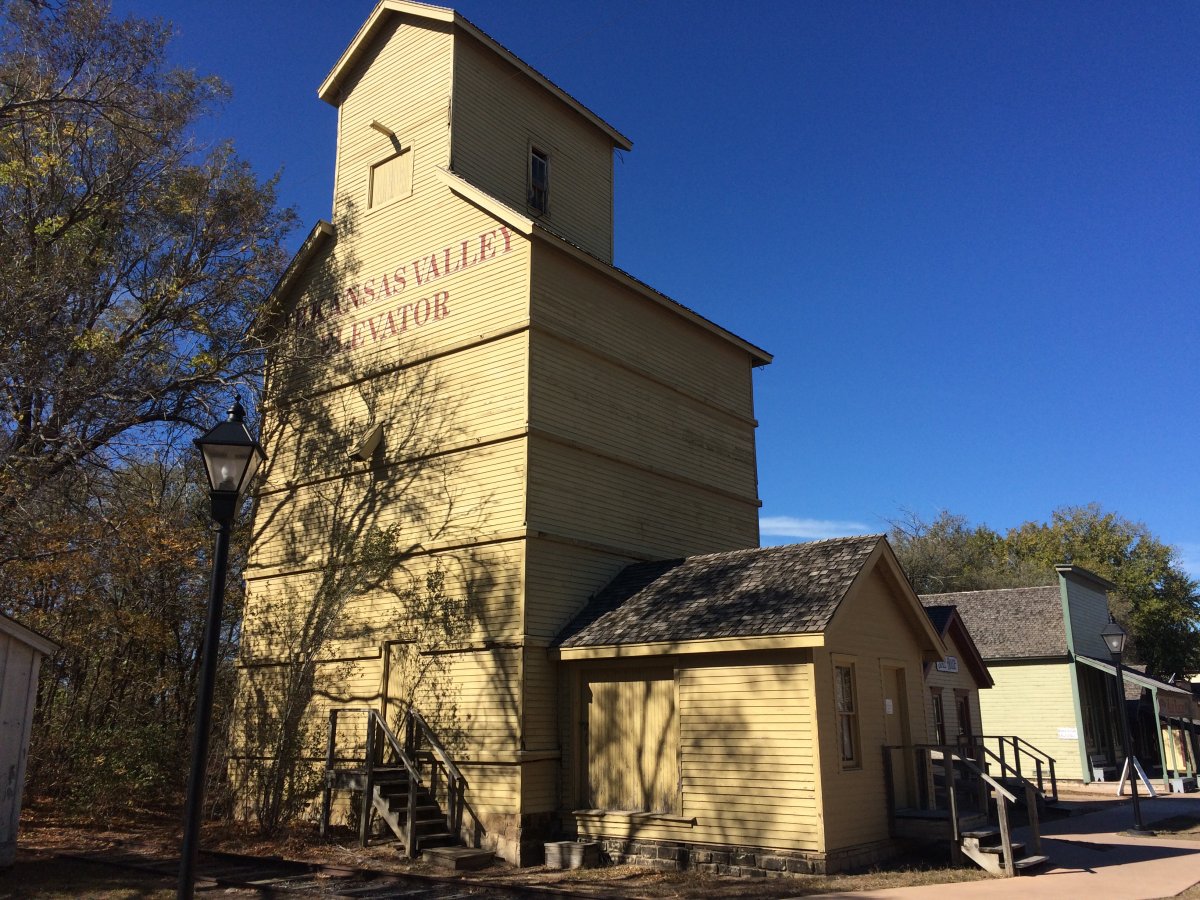
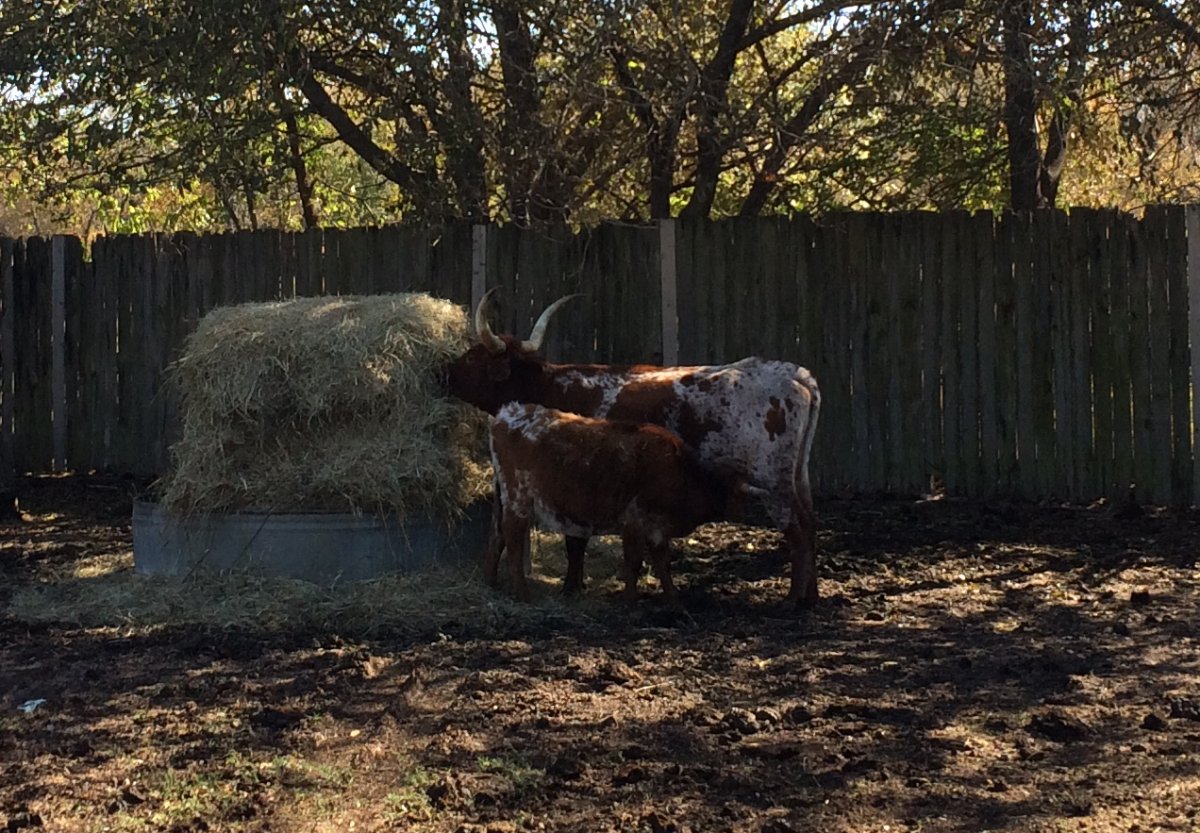
Old freight railway car.
We enjoyed the Cowtown. I bet it is really good during the warmer months and all the re-enactors are out. Recommended.
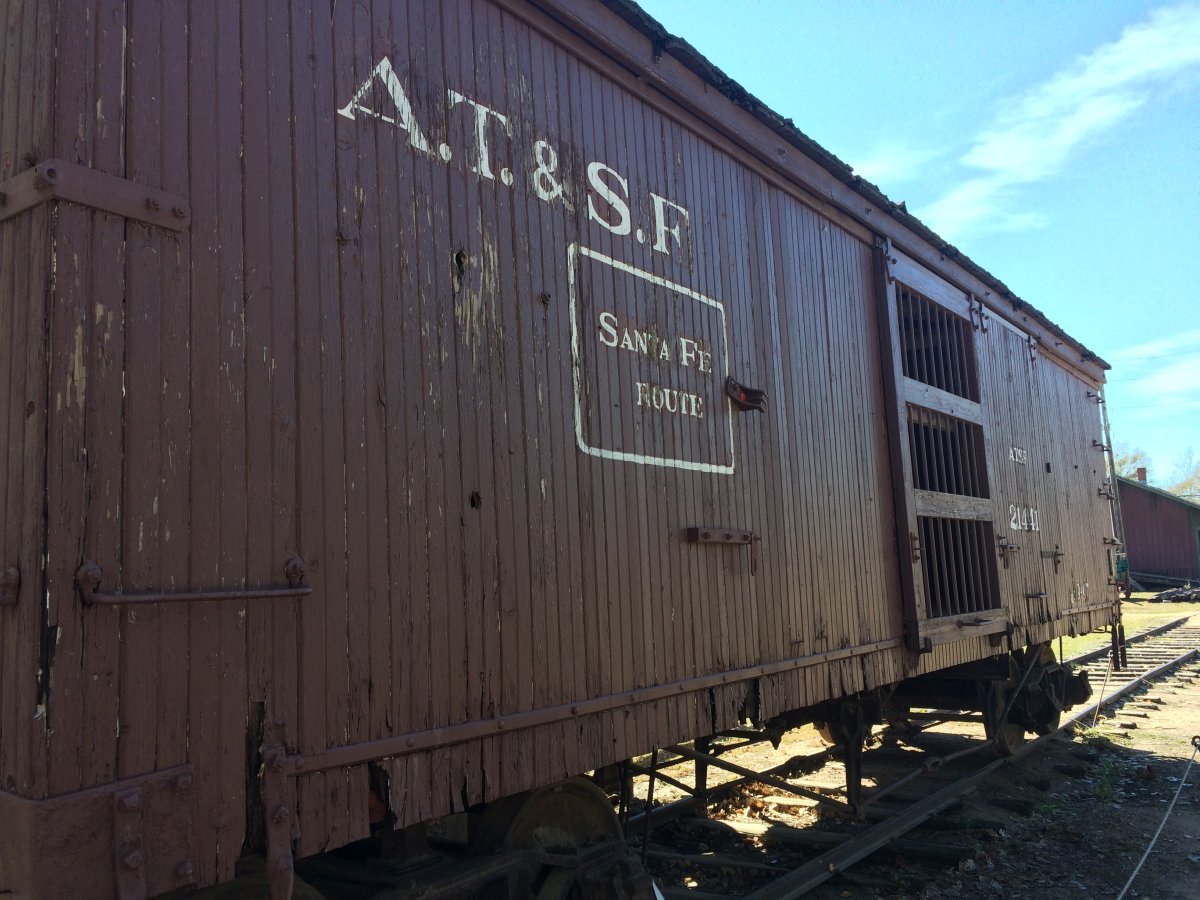

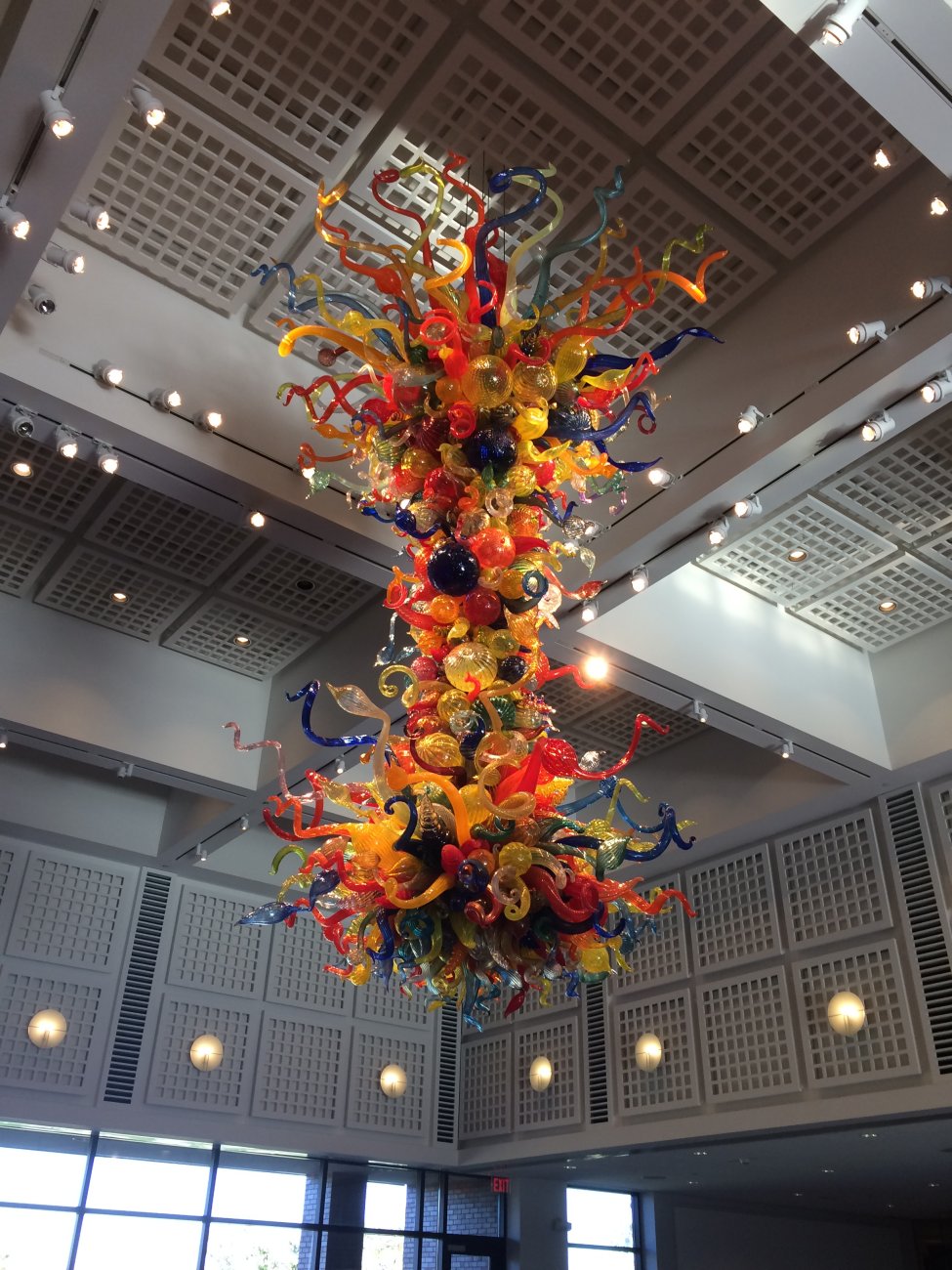
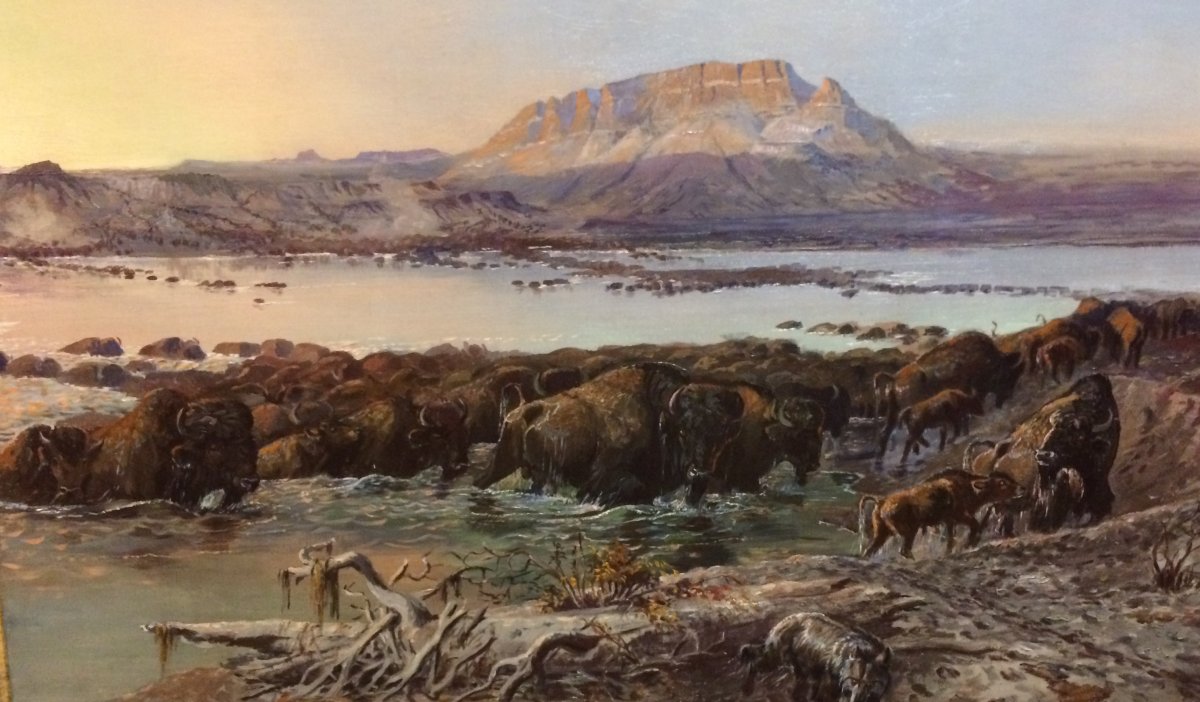
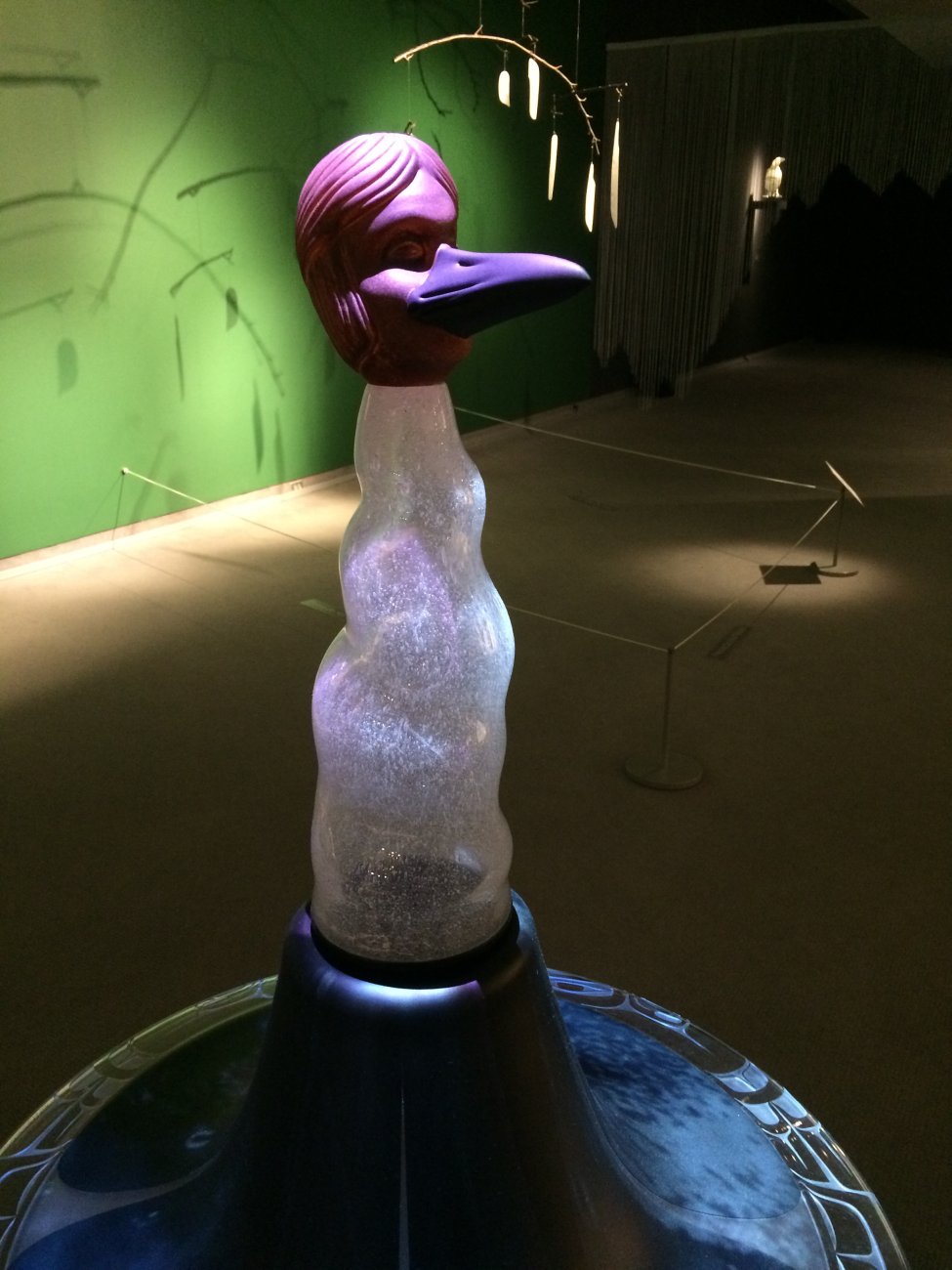
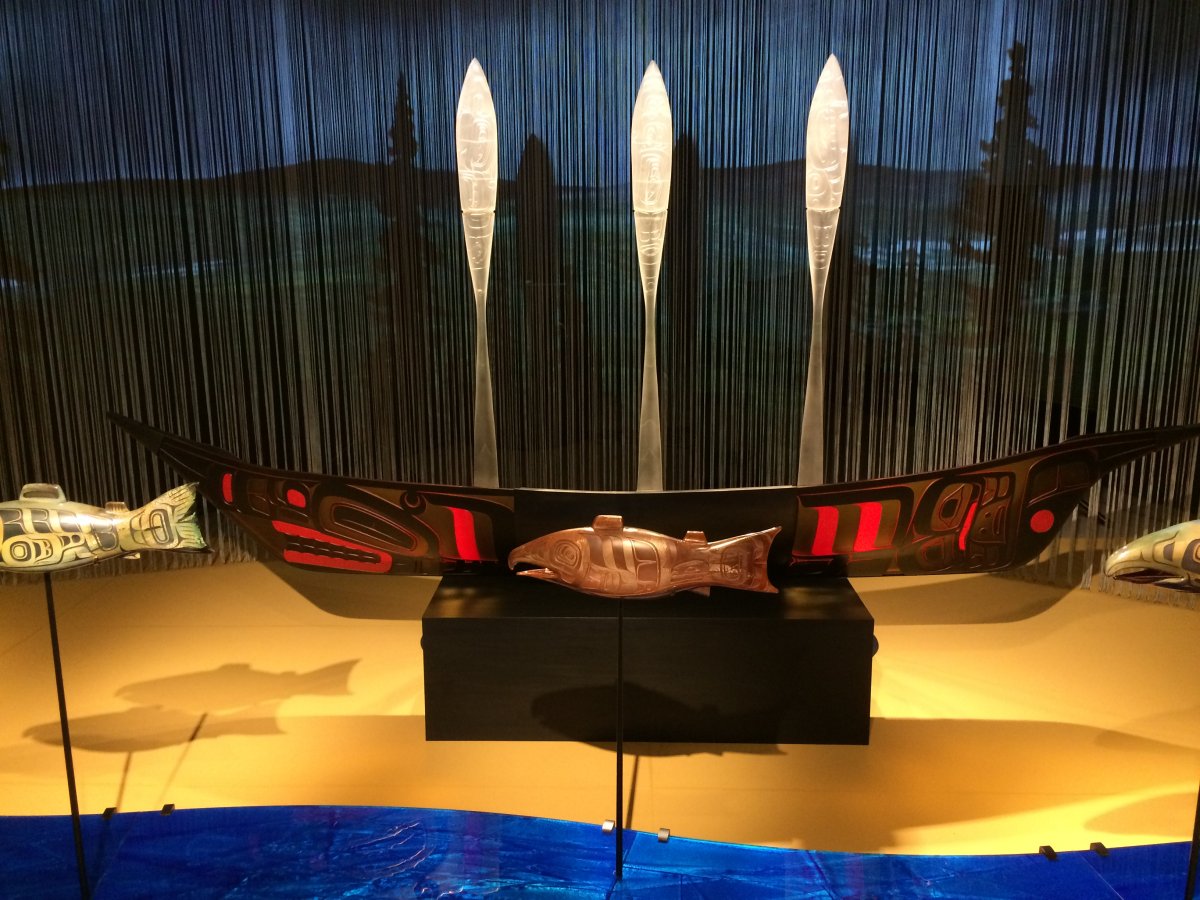
Do you want to know more? You're in luck! You can buy the book at Amazon: Link.
We ended up staying two nights in Wichita because our hotel was very nice with a great rate, and there were good restaurants nearby.
